Constitutionalism
Definition: Constitutionalism is a system that gives legitimacy to a democratic government.
Importance: It goes beyond having a written constitution and focuses on principles like separation of powers, judicial control, and accountability.
Not Guaranteed by a Constitution: Most countries have constitutions, but not all practice constitutionalism.
- Fundamental Governance: Constitutionalism is integral to governance in India, supported by the Constitution and legislation.
- Challenges: Despite having mechanisms for smooth governance, gaps between the government and people have widened, with persistent poverty and backwardness in some areas.
- Rameshwar Prasad v. Union of India: Constitutionalism opposes absolute power and emphasizes the Rule of Law, where governance is guided by constitutional provisions.
- IR Coehlo v. State of Tamil Nadu: Constitutionalism ensures government power is controlled to protect democratic principles.
- Minerva Mills Case: The Constitution is described as a "precious heritage" that must maintain its identity.
- Separation of Powers:
- Divides governance into three branches: Legislature, Executive, and Judiciary.
- Prevents power monopolization and ensures checks and balances.
- Accountable Government:
- Governments are elected to serve people and must answer to them.
- Failure leads to revocation of authority through elections.
- Popular Sovereignty:
- Government legitimacy comes from the people.
- Sovereign power ultimately resides with the nation.
Core Idea: Governance is based on laws, not individuals.
Dicey's Principles:
- No one can be punished without violating a specific law.
- Everyone is equal under the law.
- Courts safeguard individual rights and freedoms.
Essence of Democracy: Independence ensures fair application of the Rule of Law.
Protection in India: Article 50 ensures judiciary's independence from the Executive.
- Significance: Rights are fundamental to constitutionalism.
- Protection: The Indian Constitution enshrines these rights in Part III, enforceable by the Supreme Court and High Courts.
- Broad Interpretation: Courts have expanded the meaning and application of individual rights.
- Governments' Misuse of Power: Authorities often prioritize corporate interests over public welfare.
- Weak Institutions: Institutions meant to uphold constitutionalism are weakening, reducing checks and balances.
- Money and Criminalization in Politics: These issues disrupt governance and erode public trust.
- Public Frustration: Growing dissatisfaction with government apathy threatens democratic stability.
- Ongoing Relevance: Constitutionalism remains vital for functional democracies.
- Need for Reform: Strengthening institutions, ensuring accountability, and upholding constitutional principles are necessary to restore public faith in governance.
Transformative Constitutionalism
- Definition: Transformative constitutionalism is a concept that helps resolve issues in the enactment, interpretation, and enforcement of the Constitution.
- Purpose: It adapts to society's changing needs, declaring the Constitution as a flexible and transformative document.
- Historical Origin: The idea gained global recognition during South Africa’s post-apartheid era.
- Main Feature: It empowers marginalized groups by protecting socio-economic rights.
- Foundation of Democracy: The Constitution is a legally binding document essential for democracy, human rights, and governance.
- Role of the Constituent Assembly: India’s Constitution was carefully drafted over nearly three years.
- Constitutionalism vs. Constitution:
- A written Constitution alone does not ensure constitutionalism.
- Constitutionalism provides legitimacy to democratic governance beyond just the legality of government actions.
- Definition: A doctrine that ensures government actions are legitimate and guided by laws.
- Importance: It creates a framework to determine who governs, how, and why, ensuring betterment for the nation.
- Principles:
- Separation of Powers: Divides authority among branches of government.
- Judicial Control: Courts ensure the Constitution is followed.
- Accountable Government: The government must answer to its citizens.
- Meaning: Justice Chandrachud defines it as the values of liberty, equality, dignity, and fraternity in a changing society.
- Essence of Change: Laws must adapt to evolving societal needs to remain relevant.
- Main Elements:
- Existing Principles: Re-examining legal norms.
- Socio-Political Influence: Fosters democracy and participation.
- Socio-Economic Rights: Ensures access to goods and services.
- Judicial Activism: Judges enforce radical changes for justice and equality.
- Cultural Rights: Promotes respect and dignity for all.
- First Use: Introduced by Prof. Karl Klare in a 1998 South African legal journal.
- Global Adoption: Recognized globally for its role in societal transformation.
- India’s Adaptation:
- Though not explicitly mentioned, the Supreme Court has recognized its transformative power.
- Examples include judgments in NALSA (2014) and Navtej Singh Johar (2018).
- Democracy in Action: Aligns with the democratic principle of being "for the people, by the people, and of the people."
- Judiciary’s Role: Judges ensure justice, democracy, and social equity by interpreting the Constitution radically.
- Societal Impact: Aims to eliminate discrimination, promote equality, and protect fundamental rights.
- Pivotal Role: Judges interpret and apply the Constitution to address contemporary issues.
- Landmark Judgments:
- Kesavananda Bharati Case: Established the "basic structure doctrine," ensuring Parliament cannot destroy the Constitution’s essence.
- Justice Puttaswamy Case: Declared the right to privacy as a fundamental right under Articles 14, 19, and 21.
- NALSA Case: Recognized transgender persons as the "third gender," granting them fundamental rights.
- Same-Sex Rights: In Navtej Singh Johar v. Union of India, Section 377 (criminalizing same-sex relations) was decriminalized.
- Gender Equality: In the Sabarimala Case, women aged 10-50 were allowed entry into the temple, promoting individual dignity and equality.
- Uniform Civil Code: Increasing relevance with modern societal changes through transformative constitutionalism.
- Artificial Intelligence (AI): Encourages adapting to technological advancements like AI in the legal system.
- Purpose: Transformative constitutionalism promotes social, economic, and political changes while maintaining constitutional principles.
- Judiciary’s Role: Ensures gender equality, decriminalizes same-sex relations, and secures fundamental rights.
- Collective Responsibility: Citizens, lawmakers, and the judiciary must work together to uphold transformative constitutionalism for a progressive society.
- Need for Action: A proactive judiciary is essential to interpret and enforce the Constitution for societal betterment.
Federalism in India
- Definition: Federalism is a system of government where powers are divided between a central authority and its constituent units like states or provinces.
- Purpose: It accommodates two levels of politics—central and regional—allowing them to function autonomously in specific areas.
- Types of Federations:
- Holding Together Federation:
- Central authority holds more power.
- Example: India, Spain, Belgium.
- Coming Together Federation:
- States/provinces hold more autonomy.
- Example: USA, Australia, Switzerland.
- Holding Together Federation:
Article 370 Abrogation:
- Critics argue that the Supreme Court’s support for the President's power to abrogate Article 370 undermines federal principles by concentrating power at the center.
India is a federal system but leans towards a unitary structure, often called a "quasi-federal" system.
Federal Features:
- Two Levels of Government: Centre and State governments exist with separate powers.
- Division of Powers: Based on the Seventh Schedule:
- Union List: Subjects under central control (e.g., defense).
- State List: Subjects under state control (e.g., police).
- Concurrent List: Shared subjects (e.g., education).
- Supremacy of the Constitution:
- The Constitution is the highest law.
- The judiciary ensures it is not violated.
- Independent Judiciary: Integrated court system with the Supreme Court at the top, followed by High Courts and lower courts.
Unitary Features:
- Flexible Constitution: Some provisions can be amended easily, but federal aspects require more stringent procedures.
- More Powers to the Centre:
- Central laws on Concurrent List subjects can override state laws.
- Centre can legislate on State List subjects during emergencies.
- Unequal Representation in Rajya Sabha: States’ representation is based on population (e.g., Uttar Pradesh has 31 seats, Goa has 1).
- Powerful Lok Sabha: Lok Sabha holds more power than the Rajya Sabha, deviating from federal principles.
- Emergency Powers: Centre can impose President’s Rule (Article 356), gaining control over state governance.
- Integrated Judiciary: No separate state judiciary exists; the judiciary operates under a unified structure.
- Single Citizenship: Citizens are only Indian citizens, not of their respective states.
- Governor’s Role: Governors are appointed by the Centre and act as its representatives in states.
- Creation of New States: Parliament can alter state boundaries, names, or areas without state approval.
- All India Services: IAS, IPS officers work under the Centre’s authority, limiting state control.
- Integrated Election Machinery: Election Commission, appointed by the President, conducts both central and state elections.
- Veto Power over State Bills: Governors can reserve state bills for the President, who can reject them.
- Audit and Oversight: The Comptroller and Auditor General (CAG), appointed by the President, audits accounts of both Centre and states.
- Power to Remove Key Officials: States cannot remove certain officials like Election Commissioners or High Court judges.
- Balances central authority with state autonomy.
- Accommodates diversity across regions.
- Promotes efficient governance by decentralizing power.
- Centralization of power weakens state autonomy.
- Unequal representation in Rajya Sabha.
- Emergency provisions and centralized services undermine federal principles.
- Disputes between Centre and states over shared subjects like education or law enforcement.
Rule of Law
- Definition: The Rule of Law is a fundamental principle in legal systems worldwide, ensuring that the law governs, not arbitrary decisions of individuals.
- Origin: Introduced by Chief Justice Edward Coke of England, emphasizing that even the King is subordinate to the law and God.
- Development: Further elaborated by Dicey in his book The Law and the Constitution (1885).
- Supremacy of Law:
- The law is supreme, and no one has arbitrary or unchecked power.
- Actions like arrest or punishment can only happen through established legal processes.
- Protects individuals from arbitrary government actions.
- Equality Before the Law:
- Every individual, regardless of their class or position, is subject to the same legal system and courts.
- Criticism of Special Tribunals: Dicey opposed special rules or tribunals for civil servants, as they violate equality before the law.
- Judge-Made Constitution:
- In England, rights like liberty and freedom are not written in a document but come from judicial decisions in real cases.
- Courts play a key role in safeguarding rights by resolving disputes.
- Enshrined in the Constitution:
- The Preamble guarantees Justice, Liberty, and Equality.
- Part III of the Constitution (Fundamental Rights) ensures enforceable rights.
- All three branches of government (Judiciary, Executive, and Legislature) are bound by the Constitution.
- Judicial Review:
- Citizens can approach courts for violations of their rights.
- Courts can strike down any government action or law if it is unconstitutional or arbitrary.
- Case Law:
- In Chief Settlement Commissioner Punjab v. Om Prakash, the Supreme Court emphasized the Rule of Law as the authority of courts to test all administrative actions against legality.
- The concept rejects the "dual state" where government actions are immune from legal scrutiny.
- Powers of Public Officials: Public officials like police officers have special powers, e.g., arresting people, which private citizens do not have.
- Special Laws for Certain Groups:
- Armed forces are governed by military laws.
- Professionals like lawyers and doctors follow specific rules related to their fields.
- Discretionary Powers: Ministers and executive bodies are granted wide discretion under statutes.
- Adherence to Rule of Law:
- India’s Constitution ensures protection of rights, equality before the law, and limits on government power.
- Courts actively reinforce the Rule of Law through judgments, ensuring justice for all.
- Challenges:
- Issues like outdated laws and overloaded courts remain, but efforts by institutions like the Law Commission aim to address these challenges.
- Vision: Achieving a system where the Rule of Law functions without barriers, ensuring justice and fairness in governance.
Separation of Powers in India
- Definition: Separation of Powers ensures that no single body exercises all government powers, dividing them among three branches—Legislature, Executive, and Judiciary.
- Purpose: To prevent concentration of power and promote accountability and efficiency in governance.
- Adoption: The doctrine was developed in the 17th century and first implemented in the USA.
- Concept: Montesquieu argued that justice becomes arbitrary when power is concentrated in one authority.
- Division of Power:
- Legislature makes laws.
- Executive enforces laws.
- Judiciary interprets laws.
- Objective: Prevent misuse of power and ensure fairness by decentralizing authority.
- Core Principles:
- Exclusivity: Divides the government into three distinct organs.
- Functionality: Each organ performs only its designated roles.
- Checks and Balances: Organs monitor each other to prevent overreach.
- Mutual Cooperation: Encourages collaboration rather than confrontation.
Structure:
- Legislature: Makes laws.
- Executive: Implements laws.
- Judiciary: Interprets laws and ensures justice.
Constitutional Provisions:
- Judiciary’s Independence:
- Article 50 ensures separation of judiciary from the executive.
- Articles 121 and 211 prohibit legislative discussion on judges' conduct.
- Executive Powers:
- Articles 53 and 154 vest executive powers in the President and Governors.
- Legislative Powers:
- Article 123 allows the executive to issue ordinances when the legislature is not in session.
Interdependence: Overlaps exist between functions, e.g., the legislature’s judicial role in impeachment or the executive’s judicial appointments.
- Prevents Tyranny: Avoids concentration of power, ensuring democracy and accountability.
- Prevents Misuse: Ensures checks on power to avoid arbitrary actions.
- Clarity of Functions: Clearly defined roles make each branch responsible for its duties.
- Balances Power: Divides authority to prevent dominance by any single organ.
- Specialization: Allows each branch to focus on its core functions, improving efficiency.
Judicial Pronouncements:
- Kesavananda Bharati Case (1973):
- Established the basic structure doctrine.
- Separation of Powers is an integral part of the Constitution.
- Ram Jawaya Kapur v. State of Punjab (1955):
- Emphasized that functions should not overlap beyond constitutional limits.
- Indira Nehru Gandhi v. Raj Narain (1975):
- Reiterated that the basic structure cannot be altered.
- Golak Nath v. State of Punjab (1967):
- Affirmed that no authority is above the Constitution.
- Impractical Rigidity: Strict adherence can hinder governance.
- Interdependence Needed: Collaboration among branches is crucial for smooth functioning.
- Real-World Challenges: Delegation of powers (e.g., administrative tribunals) violates strict separation.
- Complex Issues: Modern governance requires flexibility to address societal needs.
- Overlap of Functions: Administrative bodies perform legislative, executive, and quasi-judicial roles, breaching strict separation.
- Necessity of Delegation:
- Reduces burden on legislature and judiciary.
- Enables faster law-making and justice delivery.
- Broad Application: While strict separation is impractical, India follows the doctrine in a flexible manner.
- Checks and Balances: Ensure no organ oversteps its bounds.
- Democratic Necessity: Separation of Powers promotes good governance and protects against misuse of authority.
- Modern Perspective: Emphasizes cooperation among branches for collective enhancement and societal welfare.
System of Checks and Balances in India
- Origin:
- The system of checks and balances originated in the United States Constitution.
- Inspired by the ideas of William Blackstone and Montesquieu.
- Purpose in the U.S.: To prevent the concentration of power and sustain democracy by dividing power among three governing bodies: Legislature, Executive, and Judiciary.
- Adoption in India: After independence, the framers of the Indian Constitution incorporated this system to maintain balance among government bodies.
- Definition:
- A system that ensures all government branches—Legislature, Executive, and Judiciary—can check and limit each other’s powers.
- Main Features:
- Horizontal Distribution: Powers are distributed equally among the organs of government.
- Prevent Overpowering: Stops one branch from becoming too powerful.
- Accountability: Each branch ensures others remain within their constitutional limits.
- Purpose:
- Prevents totalitarian actions.
- Encourages collaboration and accountability between branches.
- Working Mechanism:
- Each organ of government possesses tools to monitor and limit the actions of others.
- Example: Judicial Review ensures laws align with the Constitution.
- On the Executive:
- Parliamentary Accountability: Instruments like no-confidence motions, question hour, and censure motions hold the Executive accountable.
- Judicial Review: Courts can review laws and declare them unconstitutional if they violate the Constitution.
- Constitutional Boundaries: New laws and amendments must respect the basic structure doctrine.
- On the Legislature:
- Judicial Scrutiny: Courts can strike down laws that are unconstitutional or violate the basic structure of the Constitution.
- Conflict of Interest Prevention: The Constitution restricts legislators from interfering in Executive roles.
- Judicial Conduct: Legislators cannot discuss the conduct of High Court and Supreme Court judges in Parliament.
- On the Judiciary:
- Impeachment: Judges of the Supreme Court or High Courts can be impeached for misconduct or failure to perform duties.
- Appointments: Judicial appointments require approval from the collegium and the Executive.
- Overreaching Judiciary: Judiciary may interfere excessively in legislative or executive functions, leading to accusations of judicial overreach.
- Parliamentary Committees: Recommendations of parliamentary committees are advisory and not binding, reducing their impact.
- Parliamentary Proceedings: Frequent use of tools like no-confidence motions can disrupt normal parliamentary functioning.
- Importance:
- The system of checks and balances is crucial for maintaining balance, accountability, and proper functioning of government organs.
- Indian Context:
- The Indian Constitution provides robust mechanisms to prevent one organ from overpowering another.
- By ensuring checks and balances, the system supports democracy and prevents misuse of power.
- Way Forward:
- While challenges exist, the system ensures effective governance when implemented with collaboration and adherence to constitutional principles.
Preamble of the Constitution of India
- Adoption and Effect:
- Introduced on 26th November 1949 by the Constituent Assembly.
- Came into effect on 26th January 1950, celebrated as Republic Day.
- Purpose:
- The Preamble reflects the ideals and objectives of the Constitution and signifies the source of authority as the people of India.
- Based on the Objectives Resolution proposed by Jawaharlal Nehru on 13th December 1946.
- Accepted by the Constituent Assembly on 22nd January 1947.
- Socialist:
- Definition: Democratic socialism achieved through non-violent and democratic means.
- Added: In the 42nd Amendment, 1976.
- Implication: Faith in a mixed economy, where both public and private sectors coexist.
- Sovereign:
- Meaning: India is independent and not dominated by any external power.
- Implication: Complete authority over its internal and external affairs.
- Secular:
- Added: In the 42nd Amendment, 1976.
- Meaning: All religions (e.g., Hinduism, Islam, Christianity) are treated equally by the state.
- Implication: India does not favor any particular religion.
- Democratic:
- Definition: Citizens have the right to vote and choose their representatives.
- Implication: Ensures political, economic, and social democracy.
- Voting Age: Universal suffrage for citizens 18 years or older.
- Republic:
- Definition: The head of the state (President) is elected by the people.
- Implication: No hereditary rulers; leaders are chosen through elections every 5 years.
- Justice: Social, economic, and political.
- Liberty: Freedom of thought, expression, belief, faith, and worship.
- Equality: Equal opportunities for all citizens.
- Fraternity: Promoting unity and dignity of individuals while ensuring national integrity.
- Date of Adoption: The Constitution was adopted on 26th November 1949.
- Nature of the State: India is described as Socialist, Sovereign, Secular, Democratic, and Republic.
- Objectives: Emphasizes Justice, Liberty, Equality, and Fraternity.
- Power to the People: Citizens elect representatives and have the authority to criticize their leaders.
- Source and Inspiration: The Preamble is based on Jawaharlal Nehru's Objectives Resolution.
- Significance:
- Introduced on 26th November 1949 and came into force on 26th January 1950.
- Represents the ideals of Socialism, Sovereignty, Secularism, Democracy, and Republic.
- Serves as the guiding principle for the Indian Constitution and its objectives.
Government of India Act, 1919
- Background:
- Proposed in 1918 by Edwin Montagu (Secretary of State) and Lord Chelmsford (Viceroy of India).
- Known as the Montagu-Chelmsford Reforms or Mont-Ford Reforms.
- Aimed to give Indians representation in government.
- Came into force in 1921.
- Subjects:
- Matters of national importance (e.g., foreign affairs, defense, communications, etc.) were governed at the central level.
- Central Legislature gained more power and became more representative.
- Executive:
- Governor-General became the chief executive authority.
- Executive Council of the Viceroy had 8 members, including 3 Indians.
- Governor-General could:
- Restore cuts in grants.
- Certify rejected bills.
- Issue ordinances.
- Legislature:
- Bicameral Legislature introduced:
- Lower House: Central Legislative Assembly (145 members; tenure: 3 years).
- Upper House: Council of State (60 members; tenure: 5 years).
- Legislators could:
- Ask questions and pass adjournment motions.
- Vote on 25% of the budget (remaining 75% was not votable).
- Bicameral Legislature introduced:
- Subjects:
- Focused on local matters (e.g., education, public health, agriculture, etc.).
- Diarchy:
- Introduced diarchy (dual governance) in eight provinces:
- Assam, Bengal, Bihar and Orissa, Bombay, Madras, Punjab, United Provinces, and Central Provinces.
- Subjects divided into:
- Reserved: Handled by the Governor and his bureaucrats (e.g., finance, law and order).
- Transferred: Handled by elected ministers (e.g., education, health).
- Introduced diarchy (dual governance) in eight provinces:
- Awareness Among Indians: Indians gained insights into governance, fostering a sense of nationalism and desire for Swaraj.
- Expansion of Voting Rights: Voting areas expanded; citizens began to understand the importance of elections.
- Self-Government in Provinces:
- Provinces enjoyed some level of autonomy.
- Prepared Indians for administrative responsibilities.
- Irresponsible Central Government: The Central Government was not responsible to the Legislature.
- Communalism: Separate electorates deepened divisions among communities.
- Limited Franchise: Only 1.5 million people could vote, out of a population of 260 million.
- Lack of Administrative Control: Governors held unrestricted powers, often overriding ministers.
- Unworkable Division of Subjects: Irrational distribution of subjects like finance, irrigation, and justice.
- Public Reaction:
- The Congress rejected the reforms, calling them “disappointing”.
- Leaders like Tilak and Annie Besant criticized the Act harshly.
- Rise of Swaraj Party: Formed in 1923, it challenged British control in elections.
- Rowlatt Act Enactment (1919):
- Allowed imprisonment without trial.
- Suspended the right of Habeas Corpus, intensifying repression against nationalists.
Government of India Act, 1935
- What is the Government of India Act, 1935?
- A significant law passed by the British Parliament to reform the governance of India.
- Received Royal Assent: 24th July 1935.
- Came into Effect: 1st April 1937.
- Objective: To provide greater autonomy to Indian provinces while maintaining British control over critical areas.
- Preceded by Earlier Acts: Followed the Government of India Act, 1919, which introduced limited self-governance.
- Simon Commission Recommendations: Formed in 1927 to review India's political situation.
- Round Table Conferences (1930-1932): Discussions between British officials and Indian political leaders shaped the Act.
- Final Version Passed in 1935: Took nearly a decade of deliberations.
- Dominion Status for India: The Act aimed to prepare India for dominion status under British influence.
- Appeasing Nationalists: Designed to win support from moderate nationalists and address some demands for autonomy.
- Securing Support from Princes: Encouraged princely states to join the federation with special privileges.
- Retaining British Control: Ensured continued control over defense, foreign relations, and finances.
- Federal Structure:
- Proposed an All-India Federation including British provinces and princely states.
- Conditions for Federation:
- States with at least 52 seats in the Council of States had to join.
- Population of these states must constitute 50% of all princely states.
- These conditions were not met, so the federation was not implemented.
- Federal Executive:
- Governor-General remained the key authority, representing the British Crown.
- Introduced Dyarchy at the Centre:
- Reserved Subjects: Administered by Governor-General and his councilors (e.g., defense, foreign affairs).
- Transferred Subjects: Administered by ministers responsible to the legislature.
- Federal Legislature:
- Bicameral System:
- Council of States (Upper House): Members elected by provinces and nominated by princes (60:40 ratio).
- Federal Assembly (Lower House): Members indirectly elected by provinces and nominated by princes (2:1 ratio).
- Division of Powers:
- Federal List: Central Government subjects.
- Provincial List: Provincial Government subjects.
- Concurrent List: Shared between Centre and provinces.
- Basis for the Seventh Schedule in the Indian Constitution.
- Bicameral System:
- Foundation for Federal Structure: Laid groundwork for India's federal governance system.
- Provincial Autonomy: Marked the beginning of self-governance in provinces.
- Introduction of Direct Elections: Boosted Indian participation in governance.
- Motivation for Independence Movement: Encouraged freedom fighters to demand full independence.
- Limited Franchise: Only 14% of the population had voting rights.
- Governor-General's Powers: Could override legislatures, issue ordinances, and veto bills.
- Control over Provinces: Governors could dismiss provincial governments, negating autonomy.
- Communal Divisions: Separate electorates fueled communalism.
- Rigid Constitution: Amendments could only be made by the British Parliament.
- Inspired several key features of the Indian Constitution:
- Federal system with a division of powers.
- Autonomy of states in governance.
Union and State Executive in India
The Executive is a main branch of the government that provides leadership and ensures smooth functioning. It includes the political executive (elected leaders) and the bureaucracy (appointed officials). The Union Executive and State Executive are crucial components of Indian polity.
The Union Executive consists of three important posts:
1. President of India (Articles 52-62):
- Article 52: India must have a President as the head of the state.
- Role:
- Supreme commander of the armed forces.
- Represents the unity and integrity of the country.
- Performs ceremonial functions and ensures the constitution is upheld.
- Elected by: An electoral college consisting of the Members of Parliament (MPs) and Members of Legislative Assemblies (MLAs).
- Tenure: 5 years, with re-election allowed.
- Powers:
- Legislative: Can summon and dissolve Parliament sessions, give assent to bills, and issue ordinances.
- Executive: Appoints the Prime Minister, Governors, Chief Justice, and other key officials.
- Emergency: Can declare national, state, or financial emergencies.
2. Prime Minister and Council of Ministers (Articles 74-75 and Article 78):
- Prime Minister:
- Appointed by the President.
- Leader of the Council of Ministers and chief advisor to the President.
- Acts as the head of government and oversees the functioning of all ministries.
- Council of Ministers:
- Includes Cabinet Ministers, Ministers of State, and Deputy Ministers.
- Collectively responsible to the Lok Sabha (lower house of Parliament).
- Aids the President in governance.
- Article 78: Obligates the Prime Minister to communicate all government decisions to the President.
3. Attorney-General of India (Article 76):
- Chief legal advisor to the Government of India.
- Appointed by: The President.
- Responsibilities:
- Represents the government in legal matters.
- Provides legal advice to the President and other officials.
- Can attend both Houses of Parliament but does not have voting rights.
State Executive (Articles 153-167)
- Article 153: Each state must have a Governor, appointed by the President.
- Role:
- Acts as the ceremonial head of the state.
- Functions as a link between the Union Government and the State Government.
- Powers:
- Legislative: Summons, prorogues, and dissolves the State Legislative Assembly. Gives assent to bills or reserves them for the President’s approval.
- Executive: Appoints the Chief Minister and other ministers. Administers oaths and manages state affairs.
- Discretionary: Can act independently in certain cases, like recommending President’s rule in the state.
- Chief Minister:
- Appointed by the Governor.
- Head of the Council of Ministers and leader of the ruling party in the State Legislative Assembly.
- Advises the Governor and oversees the functioning of the state government.
- Council of Ministers:
- Includes Cabinet Ministers and Ministers of State.
- Collectively responsible to the State Legislative Assembly.
- Chief legal advisor: to the state government.
- Appointed by: The Governor.
- Responsibilities:
- Represents the state in legal matters.
- Provides legal advice to the state government.
- Can attend sessions of the state legislature but cannot vote.
- Union Executive:
- Focuses on national governance.
- Comprises the President, Prime Minister, Council of Ministers, and Attorney-General of India.
- State Executive:
- Focuses on state-level governance.
- Includes the Governor, Chief Minister, Council of Ministers, and Advocate-General of the State.
- Relation Between Union and State Executives:
- Governors serve as a link between the Union Government and State Government.
- Both executives work together to ensure federal governance in India.
Difference Between Presidential and Parliamentary Forms of Government
- Presidential System:
- The head of government is also the head of state.
- Strict separation of powers between the legislature, executive, and judiciary.
- The executive is not accountable to the legislature.
- Parliamentary System:
- Dual executive:
- The head of state (e.g., President or Monarch) is ceremonial.
- The head of government (Prime Minister) is the real executive.
- The executive is accountable to the legislature.
- The legislature and executive are closely linked.
- Dual executive:
- Single Executive: The President is both head of state and government.
- Fixed Tenure: The President serves for a fixed period and cannot be removed by a no-confidence vote.
- Direct Elections: The President is elected directly by the people or an electoral college.
- Separation of Powers: The legislature, executive, and judiciary function independently.
- Veto Power: The President can veto bills passed by the legislature.
- Judicial Powers: The President can pardon or commute sentences.
- Dual Executive:
- Nominal Executive: President/Monarch.
- Real Executive: Prime Minister and Council of Ministers.
- Legislative-Executive Link: The executive emerges from the legislature.
- Collective Responsibility: The Council of Ministers is collectively responsible to the legislature.
- No Fixed Tenure: The government’s tenure depends on maintaining majority support in the lower house.
- Secrecy of Procedure: Cabinet meetings and decisions are confidential.
| Basis | Parliamentary System | Presidential System |
|---|---|---|
| Executive | Dual (Nominal and Real) | Single |
| Accountability | Accountable to the legislature | Not accountable to the legislature |
| Ministers | Chosen from Members of Parliament | Can include non-legislators |
| Dissolution of Legislature | Prime Minister can dissolve it early | President cannot dissolve it |
| Tenure | Not fixed | Fixed |
- Influence of British Model: India’s constitution-makers were inspired by the British parliamentary system.
- Diverse Population: The parliamentary system is better suited for a country with varied social and cultural groups.
- Avoiding Conflicts: A strict separation of powers in the presidential system could have led to clashes between the legislature and executive.
- Flexibility: The parliamentary system allows smooth transitions and adaptability to changing political scenarios.
Who is the President of India?
The President is the head of state and the first citizen of India. Symbolizes solidarity, unity, and integrity of the nation. Part of the Union Executive, alongside the Vice-President, Prime Minister, Council of Ministers, and Attorney-General.
How is the President Elected?
- Electoral College Composition:
- Elected Members of:
- Lok Sabha and Rajya Sabha (MPs).
- State Legislative Assemblies (MLAs).
- Legislative Assemblies of Delhi and Puducherry.
- Nominated members and Legislative Councils do not participate in the election.
- Elected Members of:
- Nomination Process:
- A candidate must have:
- 50 proposers and 50 seconders from the electoral college.
- Rule introduced in 1974 to prevent frivolous nominations.
- A candidate must have:
- Vote Calculation:
- Value of MP’s vote: Fixed at 700.
- Value of MLA’s vote: Varies by state and is calculated based on:
- State’s population (as per the 1971 Census).
- Number of MLAs in the Legislative Assembly.
- Formula: (State’s Population ÷ Number of MLAs) ÷ 1000.
- Winning Requirement:
- Candidate must secure 50% + 1 of total votes.
- Votes are cast using a secret ballot under the proportional representation system with a single transferable vote.
Qualifications for the President
- Be an Indian citizen.
- Be at least 35 years old.
- Qualify to be a member of the Lok Sabha.
- Not hold any office of profit under the central or state government.
Conditions for the Office
- Cannot be a member of Parliament or State Legislature.
- Must vacate other posts on assuming office.
- Cannot face criminal proceedings during the term.
- Rashtrapati Bhavan: Provided as the official residence without rent.
- Parliament decides the President's salary and allowances, which cannot be reduced during the term.
Term of Office
The President serves for five years but can continue in office until a new President is elected. Eligible for re-election, with no cap on the number of terms.
1. Executive Powers
- All executive actions are carried out in the President’s name.
- Appoints key officials:
- Prime Minister and Council of Ministers.
- Governors of States.
- Comptroller and Auditor General (CAG).
- Chief Election Commissioner and other election commissioners.
- Judges of the Supreme Court and High Courts.
- Members of Finance Commission, UPSC, and National Commissions.
- Can seek administrative information from the government.
2. Legislative Powers
- Summons and prorogues Parliament sessions.
- Dissolves the Lok Sabha.
- Can summon a joint session of Parliament in case of deadlock.
- Nominates:
- 12 members to the Rajya Sabha.
- 2 Anglo-Indian members to the Lok Sabha (if required).
- Recommends and approves bills, including Money Bills.
- Can issue ordinances when Parliament is not in session (Article 123).
3. Financial Powers
- Ensures the Union Budget is presented to Parliament.
- Recommends the introduction of Money Bills.
- Controls the Contingency Fund of India.
- Constitutes the Finance Commission every five years.
4. Judicial Powers
- Appoints Chief Justice of India and other judges.
- Can seek advice from the Supreme Court (non-binding).
- Pardoning Powers (Article 72):
- Can pardon, commute, remit, respite, or reprieve sentences, including death penalties.
5. Diplomatic Powers
- Represents India in international forums.
- Signs treaties and agreements in the name of India.
6. Military Powers
- Commander-in-Chief of the armed forces.
- Appoints:
- Chief of the Army.
- Chief of the Navy.
- Chief of the Air Force.
7. Emergency Powers
- Can declare:
- National Emergency (Article 352).
- State Emergency (President’s Rule, Articles 356 and 365).
- Financial Emergency (Article 360).
The President can be removed on the grounds of “violation of the Constitution” (Article 61).
Procedure:
- Charges must be signed by at least one-fourth of the members of the initiating house.
- Resolution passed by a two-thirds majority.
- Sent to the other house for investigation and approval.
- If approved, the President is removed.
The President has the right to defend himself.
The office can become vacant due to:
- Completion of the 5-year term.
- Resignation submitted to the Vice-President.
- Impeachment.
- Death.
- Invalid election, as declared by the Supreme Court.
In such cases:
- The Vice-President acts as President temporarily.
- If the Vice-President’s office is also vacant, the Chief Justice of India (or senior-most SC judge) discharges the duties.
Who is the Vice President of India?
- The Vice President holds the second-highest office in India.
- Modeled on the American Vice President.
- Mentioned under Article 63 of the Indian Constitution.
Election of the Vice President
- Indirect Election:
- Elected by an electoral college.
- Principle: Proportional Representation with Single Transferable Vote.
- Electoral College Composition:
- Elected and nominated members of both the Lok Sabha and Rajya Sabha.
- State legislatures do not participate in the election.
- Differences from Presidential Election:
- In Presidential elections, state legislative assemblies participate, and nominated members are excluded.
- In Vice-Presidential elections, nominated members are included, and states have no role.
Qualifications for Vice President
- Be an Indian citizen.
- Be at least 35 years old.
- Be qualified to be a Rajya Sabha member.
- Not hold any office of profit under the government.
Term of Office
- The Vice President serves a five-year term.
- Can resign by submitting a letter to the President.
- Vacancy occurs due to:
- Completion of term.
- Resignation.
- Removal by a majority resolution in Rajya Sabha, followed by Lok Sabha.
- Death.
- Election declared void by the Supreme Court.
Powers and Functions of the Vice President
- Ex-Officio Chairman of Rajya Sabha:
- Presides over Rajya Sabha sessions.
- Ensures smooth functioning of the house, similar to the Speaker of Lok Sabha.
- Acts as the President:
- Steps in when the President’s office is vacant due to resignation, removal, death, or illness.
- Can act as President for a maximum of 6 months, within which a new President must be elected.
- During this period, Deputy Chairman of Rajya Sabha performs the duties of the Chairman.
Constitutional Articles (63-71)
| Article | Provision |
|---|---|
| 63 | Establishes the post of Vice President. |
| 64 | Vice President as ex-officio Chairman of Rajya Sabha; no other office of profit. |
| 65 | Vice President acts as President in case of vacancy or absence of the President. |
| 66 | Election process for Vice President by members of Parliament. |
| 67 | Term of office: 5 years; removal process defined. |
| 68 | Procedure for filling vacancies due to term completion, resignation, or death. |
| 69 | Oath of office administered by the President or an appointed person. |
| 70 | Discharge of functions in other contingencies. |
| 71 | Election disputes to be resolved by the Supreme Court. |
Removal Process
Unlike the President, there is no formal impeachment process.
- Rajya Sabha passes a resolution by a majority.
- Lok Sabha approves it.
No specific grounds for removal are mentioned in the Constitution.
Important Notes
- Election Disputes:
- Resolved by the Supreme Court.
- Acts performed by the Vice President remain valid even if the election is later declared void.
- While Acting as President:
- The Vice President does not perform duties as Chairman of Rajya Sabha.
- These duties are carried out by the Deputy Chairman of Rajya Sabha.
Summary
The Vice President of India plays a dual role as the Chairman of Rajya Sabha and a backup for the President. The position ensures continuity of governance and effective legislative functioning. Articles 63 to 71 comprehensively cover all aspects of the Vice President's role, powers, and responsibilities.
1. Legislative Relationship
- Role of the President:
- The President is at the top of India's legislative structure.
- All bills passed by Parliament require the President's assent to become laws.
- The President can:
- Approve a bill.
- Return it for reconsideration with objections or suggestions.
- Withhold approval (veto power).
- Role of the Council of Ministers:
- Headed by the Prime Minister, they prepare and introduce bills in Parliament.
- Ensure bills align with the Constitution and national policies.
- Advise the President on whether to approve a bill or not.
- Reconsider bills returned by the President, amend them as needed, and resubmit.
- Ordinances:
- The Council of Ministers advises the President to promulgate ordinances when Parliament is not in session.
- Ordinances hold the same power as laws but must be approved by Parliament within 6 weeks of its next session.
2. Executive Relationship
- Role of the President:
- The President is the formal head of the executive.
- All executive actions are carried out in the President’s name.
- Appoints:
- Prime Minister (leader of the majority party in Lok Sabha).
- Other Ministers on the Prime Minister's advice.
- Role of the Council of Ministers:
- The Council of Ministers is the real executive.
- Responsible for devising and implementing policies.
- Collectively responsible to the Lok Sabha.
- Communicates advice and updates to the President through the Prime Minister.
- Prime Minister’s Role:
- Acts as a bridge between the President and the Council.
- Communicates the Council's advice and decisions to the President.
- Relays the President’s suggestions back to the Council.
- Seeking Information:
- The President can:
- Request updates on departmental administration from individual Ministers.
- Seek overall administrative information from the Prime Minister.
- If dissatisfied with a Minister, the President may suggest their removal to the Prime Minister.
- The President can:
3. Moral and Symbolic Relationship
- Moral Authority:
- The President symbolizes the unity and integrity of the nation.
- The Council of Ministers ensures their actions and policies uphold the dignity of the President’s office.
- Ceremonial Role:
- The President acts as the constitutional head, representing the nation’s aspirations.
- Successes of the Council enhance the symbolic prestige of the President, and vice versa.
- Advisory Role:
- Although not binding, the President’s guidance is valued on significant matters.
- Ministers often voluntarily seek the President’s advice.
4. Foreign Relations
- Role of the President:
- Represents India in international forums.
- Hosts foreign dignitaries and conducts state visits abroad.
- Role of the Council:
- Advises the President on foreign relations to ensure alignment with India’s diplomatic interests.
5. Role of Nominated Members
- Nominations by the President:
- The President nominates members to the Rajya Sabha who act as intermediaries between the President and the Council.
- Inputs to the Council:
- These members provide valuable insights from the President’s perspective.
6. Events and Functions
- National Ceremonies:
- The President hosts events that reflect India’s cultural heritage.
- These are attended by the Prime Minister and other Ministers.
Conclusion
The relationship between the President and the Council of Ministers is one of coordination and mutual respect. While the President serves as the ceremonial and moral head, the Council wields real executive power. Cooperation between these institutions ensures effective governance and demonstrates the harmonious balance between ceremonial authority and elected executive powers.
a) Dissolution
What it Means:
- The Lok Sabha or State Legislative Assembly is dissolved, ending its current term.
- Fresh elections are held to elect a new government.
When it Happens:
- If a confidence motion fails or a no-confidence motion passes.
- If the Prime Minister resigns along with the Council of Ministers (COM).
- On the Prime Minister’s advice, the President dissolves the Lok Sabha.
- For state assemblies, the Chief Minister advises the Governor to dissolve the assembly.
Effect:
- COM becomes the caretaker government (temporary government).
- No policy decisions can be made by the caretaker government.
- Fresh elections are conducted to form a new government.
b) Prorogue
What it Means:
- Ending a session of Parliament or a state assembly without dissolving it.
- No elections are needed after a prorogation.
Example:
- When the budget session ends.
Who Does It:
- The President, on the advice of the government.
c) Adjourn
What it Means:
- A temporary break during a session of Parliament or assembly.
- Members know when the next meeting will take place.
Example:
- A break between morning and afternoon sessions on the same day.
Who Does It:
- The Speaker of the Lok Sabha or the Chairperson of the Rajya Sabha.
d) Adjourn Sine Die
What it Means:
- Indefinite suspension of a session.
- No fixed date is decided for the next meeting.
Example:
- Parliament adjourns indefinitely after completing its scheduled business.
Who Does It:
- The Speaker of the Lok Sabha or the Chairperson of the Rajya Sabha.
Summary
- Dissolution: Ends the term of the Lok Sabha/State Assembly; fresh elections follow.
- Prorogue: Ends a session but no elections are needed.
- Adjourn: Temporary break during a session; next meeting is scheduled.
- Adjourn Sine Die: Indefinite suspension with no fixed date for the next meeting.
1. Electoral College and Its Functioning
The Presidential Electoral College consists of:
- Elected members of both Houses of Parliament (Lok Sabha and Rajya Sabha).
- Elected members of the Legislative Assemblies of States and Union Territories.
Members of dissolved Legislative Assemblies are not part of the electoral college and cannot vote in the Presidential election.
2. Situation When a Legislative Assembly is Dissolved
If a Legislative Assembly is dissolved during the Presidential election:
- Its members are excluded from the electoral college.
- This situation was clarified in the case In Re: Presidential Polls 1974.
Supreme Court Ruling in 1974:
- The Presidential election can proceed even if one State Assembly is dissolved.
- It is mandatory for both Houses of Parliament (Lok Sabha and Rajya Sabha) to participate.
3. Why Presidential Elections Are Not Delayed
Reasons:
- Presidential elections are conducted before 6 months of the President's term expiring.
- Legislative Assembly elections take longer due to the full electoral process:
- Filing of nominations, campaigning, voting, declaration of results, and oath-taking.
- The Supreme Court decided it is impractical to wait for the reconstitution of a dissolved assembly.
4. Ministers and Representation in Parliament
Usually:
- Ministers are from the Lok Sabha, but some may belong to the Rajya Sabha.
- Ministers in the Rajya Sabha represent states, but in Kuldip Nayar v. Union of India, the court held that ministers don’t need to represent the state they belong to.
5. Can a Non-Member Be a Minister?
Provision:
- A person who is not a member of either House of Parliament can still be appointed as a minister.
- However, they must be elected to either Lok Sabha or Rajya Sabha within 6 months of appointment (Article 75(5)).
Summary
- Dissolved Legislative Assemblies do not participate in Presidential elections.
- The Presidential election can continue even if one State Assembly is dissolved, as long as both Houses of Parliament participate.
- Non-members of Parliament can become ministers temporarily but must secure membership within 6 months.
1. Who is a Governor?
The Governor is the nominal executive head of a state.
Acts as both the constitutional head of the state and the agent of the central government.
2. Appointment of Governor
- Appointed by the President of India on the advice of the central government.
- No election for the Governor's post.
3. Term of Office
- No fixed term; serves at the pleasure of the President.
- Can be:
- Transferred from one state to another.
- Reappointed for another term.
- In emergencies, the Chief Justice of the State High Court can act as Governor temporarily.
4. Qualifications
- Must be:
- An Indian citizen.
- At least 35 years old.
- Conventions:
- Should not belong to the state where appointed.
- Chief Minister's consultation is taken, but not mandatory.
5. Conditions of Office
- Cannot:
- Be a member of Parliament or State Legislature.
- Hold any office of profit.
- Provided a residence in Raj Bhavan (free of rent).
- Emoluments, allowances, and privileges are decided by Parliament.
- Immunity:
- Cannot be arrested or imprisoned.
- Only civil proceedings can be initiated with two months’ prior notice.
6. Powers and Functions of the Governor
A. Executive Powers
- All state executive actions are carried out in the Governor’s name.
- Appoints:
- Chief Minister and other state ministers.
- Tribal Welfare Minister in certain states.
- Advocate General, State Election Commissioner, and others.
- Vice-Chancellors of state universities.
- Can recommend President’s Rule in constitutional emergencies.
- Holds extensive executive powers during President’s Rule.
B. Legislative Powers
- Can:
- Prorogue (end) the state legislature session.
- Dissolve the state legislative assembly.
- Addresses the state legislature at the beginning of every year.
- Nominates:
- 1/6th members of the Legislative Council (if applicable).
- 1 Anglo-Indian member to the Legislative Assembly (if needed).
- On bills introduced in the legislature, the Governor can:
- Give assent.
- Withhold assent.
- Return the bill for reconsideration.
- Reserve the bill for the President.
C. Financial Powers
- Ensures the state budget is laid before the legislature.
- Recommends Money Bills for introduction.
- Controls the Contingency Fund of the state.
D. Judicial Powers
- Appoints judges of subordinate courts (in consultation with the High Court).
- Can:
- Grant pardons, reprieves, respites, or remissions of punishments for offenses against state laws.
- Commute the sentences of individuals.
7. Governor’s Discretionary Powers
- Can act without the advice of the Council of Ministers in cases such as:
- Recommending President’s Rule.
- Reserving bills for the President’s assent.
- Deciding on matters where no advice is provided by the Council of Ministers.
8. Constitutional Articles
- Article 153-167: Provisions related to the Governor.
- Article 153: States must have a Governor.
- Article 155: Appointment of Governor by the President.
- Article 156: Governor serves at the pleasure of the President.
- Article 161: Pardoning power of the Governor.
- Article 163: Governor acts on the advice of the Council of Ministers, except in certain discretionary matters.
Summary
The Governor is a titular head of the state but plays a critical role during constitutional crises. Balances the powers of the state legislature and executive while acting as a link between the state and central government.
Facts
- 2011 Elections: Nabam Tuki's government won the Arunachal Pradesh Assembly with a majority (49 out of 60 seats).
- 2015 Rebellion: 20 Congress MLAs, 11 BJP MLAs, and 2 independents rebelled against the Chief Minister, citing incompetence.
- Governor’s Actions:
- Advanced the Assembly session without consulting the Chief Minister.
- Impeached Speaker Nabam Rebia and appointed a rebel Congress MLA as Deputy Speaker.
- Revoked the disqualification of 14 rebel Congress MLAs.
- Legal Challenge: Speaker contested these actions in the Gauhati High Court, which upheld the Governor’s actions.
Issues
- Was the Governor’s decision to advance the Assembly session constitutional?
- Could the Speaker disqualify MLAs while facing a no-confidence motion?
Judgment
- Governor’s Actions:
- Ruled unconstitutional for violating Articles 163 and 174.
- The Governor must act on the aid and advice of the Council of Ministers, except in specific discretionary matters.
- Discretionary powers are subject to judicial review.
- Speaker’s Disqualification:
- Declared unconstitutional; the Speaker cannot disqualify MLAs while facing a no-confidence motion under Article 179(c).
- Outcome:
- Supreme Court reinstated Nabam Tuki’s government.
- All Governor-led actions leading to President’s Rule were invalidated.
Important Conclusions
- Governor’s Powers: Discretionary powers are limited and must align with constitutional provisions.
- Speaker’s Role: Must remain impartial during no-confidence proceedings.
- Judicial Review: Actions of constitutional authorities like the Governor are subject to judicial scrutiny.
Conclusion
The case reaffirmed that the Governor’s powers are not absolute and must adhere to constitutional principles, and that the Speaker’s actions must respect the legislative process.
1. Definition and Meaning
- Legislature: A branch of government responsible for creating, amending, and enacting laws.
- Represents the people's will and has legal authority to govern.
- Origin of "Parliament": Derived from the French word parley, meaning "to discuss," symbolizing a forum for elected representatives to deliberate and legislate.
2. Functions of the Legislature
- Law-Making:
- The primary role is to create laws for the country.
- Transforms societal needs and government policies into enforceable legal frameworks.
- Deliberation:
- Discusses and debates national issues, public challenges, and policies.
- Reflects the popular opinion of the people on critical matters.
- Financial Control:
- Acts as the custodian of the national treasury.
- Ensures that the executive cannot raise or spend money without legislative approval.
- Reviews and approves the annual budget prepared by the executive.
- Electoral Role:
- Participates in electing key officials, such as the President and Vice-President of India.
- Plays an indirect role in the formation of the government through parliamentary elections.
3. Types of Legislatures
- Unicameral Legislature:
- A single legislative or parliamentary chamber performs all functions.
- Examples: Norway, New Zealand, China.
- Advantages:
- Faster legislative process.
- Fewer conflicts and delays.
- More cost-efficient.
- Bicameral Legislature:
- Two houses or chambers: generally an upper house and a lower house.
- Examples: India (Lok Sabha and Rajya Sabha), UK, Canada.
- Advantages:
- Represents diverse interests (e.g., states, regions, or social groups).
- Provides a system of checks and balances.
4. Role as a Representative Institution
- Acts as the voice of the people and ensures their concerns are addressed democratically.
- Protects the interests of the poor, oppressed, and marginalized.
- Legislators are empowered with privileges and immunities to work without fear or interference.
5. Conclusion
The legislature is the foundation of democracy, ensuring that laws are created, debated, and enacted to reflect the people’s will. It maintains a balance between government authority and public interests, ensuring accountability and representation.
Composition of Parliament in India
1. Rajya Sabha (Council of States)
Role: The upper house of Parliament.
Membership: Maximum of 250 members.
- 238 members elected from states and union territories.
- 12 members nominated by the President for their expertise in literature, science, art, or social service.
Election Process:
- Members elected by state legislatures and electoral colleges in union territories.
- Uses the single transferable vote system based on proportional representation.
- State representation varies based on population (e.g., 1 to 31 seats).
Qualifications:
- Be an Indian citizen.
- Be at least 30 years old.
- Take an oath of allegiance to the Constitution.
- Meet additional qualifications prescribed by Parliament.
Term:
- Permanent body; cannot be dissolved.
- One-third of members retire every two years.
- Members serve a six-year term.
Presiding Officer:
- The Vice-President of India is the ex-officio Chairman.
- A Deputy Chairman is elected from members to act in the Chairman's absence.
- The Chairman votes only in case of a tie and maintains order during proceedings.
2. Lok Sabha (House of the People)
Role: The lower house of Parliament; represents the citizens of India.
Membership: Maximum of 552 members.
- 530 members are directly elected from states.
- 20 members directly elected from union territories.
- 2 members may be nominated by the President from the Anglo-Indian community, if necessary.
Election Process:
- Direct elections by the people of India.
- Uses the first-past-the-post voting system.
- Seats allotted to each state are proportional to its population.
Qualifications:
- Be an Indian citizen.
- Be at least 25 years old.
- Take an oath of allegiance to the Constitution.
- Meet additional qualifications prescribed by Parliament.
Term: Five years, unless dissolved sooner.
Composition of Parliament in India
The Indian Parliament consists of three main organs:
- The President
- The Council of States (Rajya Sabha)
- The House of People (Lok Sabha)
Basic Features of the Indian Parliament
- Unlike the British Parliament, the Indian Parliament is not supreme. It operates under the Indian Constitution, which is the highest authority.
- The judiciary can declare laws passed by Parliament unconstitutional if they violate the Constitution.
1. Rajya Sabha (Council of States)
Role: The upper house of Parliament.
Membership: Maximum of 250 members.
- 238 members elected from states and union territories.
- 12 members nominated by the President for their expertise in literature, science, art, or social service.
Election Process:
- Members are elected by state legislatures and electoral colleges in union territories using the single transferable vote system based on proportional representation.
- Representation of states in Rajya Sabha varies based on population (e.g., a state can have between 1 and 31 seats).
Qualifications:
- Be an Indian citizen.
- Be at least 30 years old.
- Take an oath of allegiance to the Constitution.
- Meet any additional qualifications prescribed by Parliament.
Term:
- Rajya Sabha is a permanent body and cannot be dissolved.
- One-third of its members retire every two years, ensuring continuity.
- Members serve a six-year term.
Presiding Officer:
- The Vice-President of India is the ex-officio Chairman of Rajya Sabha.
- A Deputy Chairman is elected from among its members to act in the Chairman's absence.
- The Chairman votes only in case of a tie and is responsible for maintaining order during proceedings.
2. Lok Sabha (House of People)
Role: The lower house of Parliament and the direct representative of the people.
Membership:
- Maximum strength is 552 members.
- 530 members are elected from states.
- 20 members are elected from union territories.
- 2 members may be nominated by the President from the Anglo-Indian community (provision discontinued since 2020).
Election Process:
- Members are directly elected by the people in single-member constituencies.
- The number of seats allocated to a state is based on its population.
Qualifications:
- Be an Indian citizen.
- Be at least 25 years old.
- Not hold any office of profit under the government.
- Not be of unsound mind or declared insolvent.
- Take an oath of allegiance to the Constitution.
Term: Lok Sabha members serve a five-year term unless dissolved earlier by the President.
Conclusion
The Rajya Sabha ensures representation of states and experts, maintaining stability in the legislative process. The Lok Sabha represents the people's will and plays a crucial role in law-making and governance. Together with the President, they form the Indian Parliament, a vital institution of democracy.
Anti-Defection Law in India
What is the Anti-Defection Law?
- Introduced to prevent legislators from switching political parties (defections), which can destabilize governments.
- Added to the Constitution through the Tenth Schedule by the 52nd Amendment Act of 1985.
- Applies to Members of Parliament (MPs) and Members of Legislative Assemblies (MLAs).
Key Provisions of the Law:
- Prevents legislators from leaving one political party to join another without consequences.
- MPs/MLAs can be disqualified for party-hopping or voting against the party’s stand.
- Applies to both Parliament and State Assemblies.
Grounds for Disqualification:
- Voluntary resignation from the political party.
- Voting or abstaining from voting against the party's directive.
- Nominated members joining another party after six months of being elected.
- Independent members joining a political party after elections.
Exceptions:
- Merger provision: A party can merge with another if two-thirds of its members support the merger.
- No penalty for accepting defectors: Parties accepting defectors face no legal consequences.
Challenges and Misuse:
- Prolonged delays in decisions undermine the law’s effectiveness.
- Parties exploit loopholes to gain political advantages.
- Hiding legislators in resorts during critical votes is a common tactic.
Impact on Government Stability
Limited Success:
- The law has not fully ensured government stability due to its misuse and procedural delays.
Examples:
- Goa (2019): Congress MLAs merged with BJP.
- Rajasthan (2019): BSP MLAs merged with Congress.
Conclusion
While the anti-defection law aimed to bring stability, loopholes and delays have limited its success. Discussions to improve the law are ongoing, but no significant reforms have been made.
Fundamental Rights
- Definition: Fundamental Rights are listed in Part III of the Indian Constitution, guaranteeing basic freedoms and protections to citizens.
- Examples:
- Right to Equality
- Right to Freedom of Speech and Expression
- Right to Life and Personal Liberty
- Right to Constitutional Remedies
- They act as safeguards against state interference and ensure dignity and autonomy for citizens.
- The Supreme Court ensures their enforcement and protection.
Parliamentary Privileges
- Definition: Special rights and immunities granted to members of Parliament and state legislatures.
- Key Privileges:
- Freedom of Speech in Parliament: Members can speak freely during proceedings without legal consequences.
- Immunity from Legal Action: No lawsuits for actions taken or words spoken in the House.
- Regulation of Internal Proceedings: Legislatures manage their internal matters independently.
- Right to Punish for Contempt: Legislatures can penalize members or outsiders for breaching privileges or disrespecting the House.
- Constitutional Provisions:
- Article 105: Parliamentary privileges for MPs.
- Article 194: Similar privileges for state legislatures.
- Other privileges resemble those of the British House of Commons when the Constitution was adopted.
Evolution and Conflicts Between Fundamental Rights and Privileges
Privileges were intended to allow legislative bodies to function independently, but conflicts arise when privileges are used to suppress Fundamental Rights such as freedom of speech or personal liberty.
- Judicial Observations:
- Fundamental Rights often prevail in conflicts with privileges.
- Privileges must not be misused to suppress dissent or criticism.
- Courts can review legislative actions if Fundamental Rights are violated.
- Abuse of Privileges:
- Examples include actions against journalists for fair criticism.
- Lack of restraint undermines democratic values.
Conflict Between Legislative Privileges and Fundamental Rights
- Privileges vs. Freedom of Speech:
- Privileges allow members to speak freely in legislative proceedings, but this can restrict media reporting or criticism.
- Example: Searchlight Case (1960): Court ruled that parliamentary privileges under Article 194(3) take precedence over the media’s Right to Freedom of Speech (Article 19(1)(a)).
- Privileges vs. Right to Life and Personal Liberty:
- Actions under privileges, such as arrests or punishments, may infringe on personal liberty.
- Example: Keshav Singh Case (1964): Supreme Court ruled privileges cannot override Article 21 (Right to Life and Personal Liberty).
Money Bill
A Money Bill is a specific type of bill in the Indian legislative system that deals exclusively with financial matters like taxes, government spending, and borrowing. It is governed by Article 110 of the Indian Constitution and has distinct provisions.
Basic Features of a Money Bill
- Exclusive Financial Focus: Covers tax-related matters, government borrowing, Consolidated Fund of India, and financial appropriations.
- Initiation Only in Lok Sabha: Introduced exclusively in the Lok Sabha with prior approval of the President.
- Speaker's Authority: The Speaker certifies a bill as a Money Bill, and their decision is final.
- Role of Rajya Sabha: Can only suggest changes to a Money Bill, which must be returned within 14 days.
- No Presidential Veto: The President cannot return a Money Bill for reconsideration after its passage.
Provisions Defining a Money Bill
A bill is considered a Money Bill if it deals with:
- Taxes: Imposing, abolishing, or regulating taxes.
- Borrowing: Rules related to government borrowing.
- Funds: Custody, payments, or withdrawals from the Consolidated or Contingency Funds.
- Appropriations: Spending from the Consolidated Fund of India.
- Expenditures: Charging expenditures to the Consolidated Fund.
- Receipts and Audits: Handling financial assets or accounts of the Union or states.
Note: A bill is not a Money Bill if it includes fines, penalties, or fees for licenses or services.
Types of Money Bills
- Appropriation Bill: Authorizes the government to use funds from the Consolidated Fund of India for a specific financial year (Article 114).
- Finance Bill: Presented after the Union Budget to implement the government's financial proposals, including taxation, duties, and expenditures.
Process of Passing a Money Bill
- Introduction: Introduced in the Lok Sabha with the President's prior approval.
- Three Readings in Lok Sabha:
- First Reading: Introduction and general discussion.
- Second Reading: Clause-by-clause examination and voting.
- Third Reading: Final approval by the Lok Sabha.
- Rajya Sabha's Role: Reviews the bill, suggests amendments within 14 days, but cannot amend it.
- Presidential Assent: The President must give assent without returning the bill.
Significance of the Money Bill
- Ensures that financial matters are handled with priority and without deadlocks.
- Grants the Lok Sabha ultimate authority over financial legislation, reflecting its role as the directly elected House.
- Prevents delays caused by differences between the two Houses.
Collegium System
Definition: A system where a group of senior-most judges of the Supreme Court recommends appointments and transfers of judges in the higher judiciary.
Development:
- First Judges Case (1982): Consultation does not mean concurrence; the President's decision is not bound by the CJI’s recommendation.
- Second Judges Case (1993): Consultation means concurrence, leading to the creation of the Collegium System.
- Third Judges Case (1998): Collegium includes the CJI + 4 senior-most SC judges. If two judges disagree, the recommendation cannot proceed.
Criticism:
- Lack of transparency and accountability.
- Seen as undermining the separation of powers.
National Judicial Appointments Commission (NJAC)
Purpose: Created under the 99th Constitutional Amendment Act, 2014, to replace the Collegium System with a more transparent method.
Composition:
- Chief Justice of India.
- Two senior-most SC judges.
- Law Minister of India.
- Two eminent persons (selected by a committee of the PM, CJI, and Leader of Opposition).
Judicial Scrutiny: Declared unconstitutional by the Supreme Court in 2015 for violating the Independence of Judiciary, part of the Basic Structure of the Constitution.
Appointment of Judges
Supreme Court Judges:
- Constitutional Basis: Article 124 mandates appointment by the President after consultation with the CJI.
- Eligibility: Indian citizen, 10 years as HC advocate, 5 years as HC judge, or eminent jurist.
- Process: CJI’s recommendation with collegium concurrence. If reiterated, the government must accept.
High Court Judges:
- Eligibility: Indian citizen, 10 years as an advocate, or 5 years as a judicial officer.
- Process: Appointment by the President after consultation with the CJI, Governor, and HC Chief Justice.
Removal of Judges
Constitutional Basis: Article 124(4) provides removal on proven misbehavior or incapacity.
Procedure:
- 100 Lok Sabha MPs or 50 Rajya Sabha MPs submit a motion for removal.
- A 3-member committee investigates the charges.
- Both Houses pass the motion with a special majority.
- President signs the removal order.
Notable Cases:
- Justice V. Ramaswami: Faced removal but motion failed due to lack of majority.
- Justice Soumitra Sen: Resigned before the final vote.
Comparison: Collegium System vs. NJAC
| Collegium System | NJAC |
|---|---|
| Judiciary-driven process | Included executive and eminent members |
| Lack of transparency | Aimed at bringing transparency |
| Exclusive judicial independence | Seen as infringing judicial independence |
| Still in practice | Declared unconstitutional in 2015 |
Conclusion
The Collegium System continues to operate for appointing judges in India despite criticism. Attempts like NJAC highlight the need for a transparent and accountable process while maintaining judicial independence. The removal process of judges ensures fairness and accountability but is rarely invoked due to the high threshold of proof required.
Distribution of Legislative Powers Between the Union and the States
Definition of Legislative Power:
Legislative power refers to the authority to frame and execute laws to address societal needs, maintain order, and solve problems effectively.
Basis for Distribution:
The distribution of powers between the Union and States in India is outlined in Part XI (Articles 245 to 255) of the Constitution. Derived from the Government of India Act, 1935, this distribution ensures efficient governance.
Categories of Relations:
- Legislative Relations: Articles 245 to 255.
- Administrative Relations: Articles 256 to 263.
- Financial Relations: Articles 268 to 293.
Key Articles Governing Legislative Powers:
- Article 245: Parliament can make laws for the whole or any part of India. State legislatures can make laws for their respective states.
- Article 246: Details the power of Parliament and State legislatures to legislate over subjects in their respective lists.
- Article 248: Parliament has exclusive power over residuary subjects (items not listed in any list).
- Article 249: Parliament can legislate on State List items if it is in the national interest (requires a two-thirds majority in the Rajya Sabha).
- Article 250: During an emergency, Parliament can legislate on State List items.
- Article 253: Parliament can make laws to implement international agreements across the country.
Three Lists Under the Seventh Schedule
Union List:
- Contains 97 items, including defence, foreign affairs, banking, railways, etc.
- Only Parliament has the authority to legislate on these subjects.
State List:
- Contains 61 items, such as public health, agriculture, and police.
- State legislatures have exclusive power over these subjects.
Concurrent List:
- Contains 52 items, including criminal law, forests, and education.
- Both Parliament and State legislatures can make laws, but in case of conflict, Union law prevails.
Special Provisions and Residuary Powers
Residuary Powers:
Article 248 grants Parliament the power to legislate on subjects not listed in the Union, State, or Concurrent Lists.
Special Provisions:
- During an emergency, Parliament gains legislative power over State List subjects.
- International agreements require Parliamentary intervention (Article 253).
Conflict Resolution
Article 254:
- In case of conflict between State and Union laws, Union law prevails.
- State law can prevail if it has received Presidential assent.
Conclusion
The Seventh Schedule ensures a structured distribution of powers. The Union holds greater authority in matters of national importance, while States retain control over regional issues. This balance promotes effective governance while maintaining India's federal structure.
Doctrine of Pith and Substance
Definition:
The Doctrine of Pith and Substance focuses on the true nature and essence of a law to determine if it falls within the legislative competence of the body that enacted it, even if it incidentally encroaches on another legislative list.
Purpose:
Ensures that a law is not invalidated solely because it overlaps with another list, as long as its main object (pith and substance) is within the enacting body's jurisdiction.
Origin:
Originated in Canada (Cushing v. Dupuy, 1880) and was adopted in India under Article 246 and the Seventh Schedule of the Constitution.
Application:
- If a law’s pith and substance pertains to a legitimate subject in the enacting body's list, it is intra vires (valid) even if it incidentally touches upon another list.
Significance:
Provides flexibility to the Indian Constitution and avoids declaring laws invalid due to minor overlaps.
Legislative Conflict and Repugnancy
Legislative Conflict:
Conflicts arise when both the Centre and the State claim competence to legislate on overlapping matters from the Union List, State List, or Concurrent List.
Three Lists in the Seventh Schedule:
- Union List (97 items): Subjects like defence, foreign affairs, and banking—exclusive to Parliament.
- State List (61 items): Subjects like public health, agriculture, and police—exclusive to State Legislatures.
- Concurrent List (52 items): Subjects like education and criminal law—both Centre and States can legislate, but Union law prevails in case of conflict.
Doctrine of Pith and Substance in Legislative Conflict:
Used to resolve conflicts by identifying the primary object of the law and determining which legislature has competence.
Repugnancy (Article 254)
Definition:
Occurs when laws made by the State Legislature and Parliament on a Concurrent List subject are inconsistent.
Resolution of Repugnancy:
- Union Law Prevails: If there is a direct conflict, Parliamentary law supersedes State law.
- State Law Validity: If a State law has Presidential assent, it overrides Union law in that state unless Parliament later amends or repeals it.
Doctrine’s Role in Repugnancy:
Used to analyze whether the true essence of the law falls within the competence of the enacting body to resolve inconsistencies.
Conclusion
The Doctrine of Pith and Substance ensures a balanced federal structure by providing a mechanism to handle incidental overlaps in legislative powers. It maintains harmony between Centre and State laws while preserving the legitimacy of the federal system outlined in the Constitution.
Doctrine of Harmonious Construction (Continued)
Application in Legislative Power:
- Parallel Powers: Legislative powers are distributed among three lists (Union, State, Concurrent). Harmonious construction prevents dominance of one list over the other unnecessarily.
- Balancing Entries: Ensures broader powers in one list do not overshadow narrower powers in another.
Related Doctrines:
- Doctrine of Pith and Substance: Focuses on the true nature and object of legislation in cases of overlap.
- Doctrine of Colourable Legislation: Prevents legislatures from enacting laws that disguise unconstitutional objectives.
Significance:
- Preserves Federal Balance: Allows Centre and States to legislate without unnecessary interference.
- Ensures Justice: Prevents contradictory interpretations of laws.
- Reflects Legislative Intent: Reinforces coherence in legislative provisions.
Doctrine of Colourable Legislation
Concept:
- Prevents legislatures from doing indirectly what they cannot do directly.
- Ensures legislative actions remain within constitutional boundaries.
- Based on the maxim: "Quando aliquid prohibetur ex directo, prohibetur et per obliquum" (What is prohibited directly is also prohibited indirectly).
Objective:
- Maintain sanctity of constitutional boundaries between Union and State legislatures.
- Prevent legislative overreach and ensure federal balance.
- Preserve separation of powers by avoiding legislative fraud on the Constitution.
Important Features:
- Legislative Overreach: Invalidates laws enacted beyond jurisdiction under the guise of legality.
- Judicial Review: Courts examine the true intent and substance of the law.
- Constitutional Boundaries: Rooted in Article 246 and the Seventh Schedule, ensuring demarcation of powers.
Applicability:
- Union and State Legislative Conflicts: Applied when one legislature encroaches on another's domain.
- Substance over Form: Focuses on real nature of legislation, ignoring superficial appearance.
- Federal Framework: Maintains balance within the federal system.
Limitations of Doctrine of Colourable Legislation
- Subordinate Legislation: The doctrine does not apply to rules or regulations created under the authority of primary legislation.
- Irrelevance of Motive: Courts focus solely on the legislative competence, not the intent or motive behind the enactment of the law.
- Presumption of Constitutionality: All laws are presumed to be constitutional until proven otherwise through judicial review.
- Legislative Propriety: Courts do not assess the necessity or wisdom of a law but restrict their review to its constitutionality and legislative validity.
Revocation of Special Status of Jammu and Kashmir (J&K)
What Happened?
- On 5 August 2019, the Government of India revoked the special status of J&K granted under Article 370 of the Indian Constitution.
- The state was reorganized into two Union Territories:
- Jammu & Kashmir with a legislature.
- Ladakh without a legislature.
- Article 35A, which allowed J&K to define its permanent residents and special privileges, was nullified.
Steps Taken by the Government
- Presidential Order:
- Used Article 367 to reinterpret Article 370.
- Declared Article 370 inoperative by replacing the term "Constituent Assembly" with "Legislative Assembly" (controlled by the Governor during President's Rule).
- Reorganisation Act, 2019:
- Passed by Rajya Sabha (Upper House) on 5 August 2019.
- Passed by Lok Sabha (Lower House) on 6 August 2019.
Important Changes
- J&K's Autonomy Ended:
- No separate constitution, flag, or autonomy over internal matters.
- The Indian Constitution and all national laws now apply uniformly across J&K.
- Economic and Social Integration:
- Enabled national laws like Right to Education, Reservation, and Right to Information in J&K.
- Union Territories:
- Jammu & Kashmir became a Union Territory with a legislature.
- Ladakh became a Union Territory without a legislature.
Government’s Justification
- Development and Integration: To promote public welfare, economic growth, and social justice.
- Curb Violence: Prevent separatism, terrorism, and unrest in the region.
- Equal Rights: Extend constitutional rights and protections to all citizens of J&K.
Revocation of Special Status: Initial Measures, Reactions, and Impact
Initial Measures and Restrictions
- Security and Communication Clampdown:
- Deployed additional troops, imposed curfews, and cut communication lines (restored gradually).
- Detention of Political Leaders:
- Leaders like Mehbooba Mufti and Omar Abdullah were placed under preventive detention.
Reactions
In India:
- Support: Backed by BJP and other parties like BSP, AAP, AIADMK.
- Opposition: Criticized by Congress, CPI, NC, PDP, DMK.
- Mixed Reactions: Celebrations in Jammu and Ladakh (support from Buddhists), protests in Kargil and Kashmir Valley.
International:
- Pakistan: Condemned the move, downgraded diplomatic ties, and banned trade.
- China: Opposed India's move, especially over Ladakh.
- Other Nations: Mixed responses, with many considering it India's internal matter.
Public Response:
- Celebrations in some areas, protests in others, particularly in the Kashmir Valley.
Impact
- Positive:
- Improved tourism numbers (though disputed as inflated by the opposition).
- Decline in stone-pelting incidents.
- Increased focus on development projects.
- Criticism:
- Allegations of human rights violations, communication blackout, and suppression of dissent.
- Economic impact due to extended lockdowns and restrictions.
- Judicial Review:
- Several petitions were filed in the Supreme Court challenging the move.
- In 2023, the Supreme Court upheld the government's decision, declaring Article 370 a temporary provision.
Conclusion
The revocation of J&K's special status was a significant step toward its integration with India. While the government cited development and equality, the move sparked intense domestic and international debates, raising concerns over democracy, human rights, and federalism.
Centre's Control Over States, Intergovernmental Delegation, and Cooperation
1. Centre's Control Over States
- Article 256:
- States must follow laws made by Parliament.
- The Centre can issue directions to ensure compliance with these laws.
- Article 257:
- States cannot use their executive powers to hinder the Union's powers.
- The Centre can direct States on:
- National or military communication.
- Railway protection.
- Non-compliance can result in withholding financial assistance.
- Emergency Provisions:
- National Emergency (Article 352): The Centre can legislate on any matter, including the State List.
- President’s Rule (Article 356): Allows the Centre to take over State governance when it fails to function as per the Constitution.
- Financial Emergency (Article 360): Gives the Centre control over State finances.
2. Intergovernmental Delegation
- Article 258:
- The President can delegate Union functions to States with their consent.
- Example: Census and elections can be delegated to State authorities.
- Article 258A:
- States can delegate their functions to the Centre with approval from their legislature.
- Promotes flexible governance by enabling cooperation between levels of government.
3. Cooperation Between Centre and States
- Article 260:
- The Centre can govern foreign territories through agreements, ensuring external matters are managed centrally.
- Article 261:
- Legal acts, records, and judicial proceedings from one State are valid across the entire country.
- Ensures uniformity and recognition of administrative actions nationwide.
- Article 263:
- The President can set up an Inter-State Council to:
- Discuss common issues.
- Resolve disputes between States.
- Recommend policy coordination between Centre and States.
- The President can set up an Inter-State Council to:
4. All-India Services
- Services like IAS, IPS, and IFS ensure administrative uniformity.
- Officers are appointed by the Centre but serve in both Centre and State roles, fostering collaboration.
Conclusion
The Centre-State administrative relations emphasize collaboration and coordination. While the Centre retains overriding control to maintain national unity, provisions like mutual delegation of functions, recognition of legal actions across States, and the establishment of mechanisms like the Inter-State Council encourage cooperative federalism for effective governance.
Development of GST in India
1. Early Global Adoption
- 1954: France was the first country to adopt GST, followed by 160+ countries.
- 2015: Malaysia adopted GST as one of the latest countries.
2. Initial Discussions in India
- 2000: The Atal Bihari Vajpayee government initiated discussions on GST and set up an Empowered Committee of State Finance Ministers.
- 2004: The Fiscal Responsibility and Budget Management Committee recommended GST.
3. Key Developments Before Implementation
- 2006: Finance Minister P. Chidambaram proposed introducing GST by April 1, 2010.
- 2009: The Empowered Committee submitted the first discussion paper on GST.
- 2010-2011: The introduction of GST was delayed, and the Constitution (115th Amendment) Bill was introduced.
- 2014: The Lok Sabha dissolution caused the lapse of the Bill; the Constitution (122nd Amendment) Bill was introduced.
4. Legislative and Implementation Progress
- 2015:
- Bill passed in Lok Sabha and referred to a Select Committee in Rajya Sabha.
- The Chief Economic Advisor-led Committee suggested GST rates.
- 2016:
- Constitution (101st Amendment) Bill passed and ratified.
- Assam became the first state to ratify the Bill.
- GST Council was formed, and its first meeting was held.
- 2017:
- GST Acts passed by both houses of Parliament.
- GST Council finalized tax rates and cess.
- 1st July: GST officially rolled out.
5. Enhancements and Adjustments
- 2018:
- Introduction of TDS provisions and E-Way Bill for inter-state goods movement.
- 2019:
- Reverse Charge Mechanism (RCM) made applicable.
- ITC restrictions introduced under Section 36(4).
- 2020:
- Voluntary e-invoicing started.
- Quarterly return monthly payment scheme introduced.
- Relief measures provided due to COVID-19.
- 2021:
- GST applicable on services supplied through e-commerce platforms.
- GST on guarantees by State Governments to PSUs.
6. Key Changes Post-GST
- Taxes Replaced:
- Service Tax, VAT, Central Excise Duty, Customs Duty, and various cesses.
- Taxes Absorbed:
- Central Sales Tax, Luxury Tax, Entertainment Tax, Entry Tax, etc.
- Key Features:
- One Nation, One Tax: Mitigates the cascading effect of taxes.
- Digital Tax System: GST filings and documents are processed online.
- E-Way Bill: Tracks inter-state goods movement.
- Reverse Charge Mechanism: Shifts tax liability from supplier to buyer in specific cases.
- E-Invoicing: Reduces tax evasion.
Conclusion
GST's development reflects India's journey toward tax simplification, ensuring a unified and efficient taxation system that replaced multiple indirect taxes with a single, destination-based tax.
Meaning of Trade, Commerce, and Intercourse
1. Definitions
- Trade: Buying and selling of goods, including transporting merchandise between locations. Primarily involves the exchange of commodities.
- Commerce: A type of trade that includes the transmission or movement of goods, people, or animals. Profit-making is not always necessary.
- Intercourse: Involves trade and commerce but also includes the free movement of people for association and dealings across the country.
2. Issues of Freedom of Trade and Commerce
- Freedom Under Article 301:
- Ensures free trade, commerce, and intercourse throughout India.
- Aims to eliminate barriers and foster economic unity.
- Objective: Removes trade barriers to promote a national economic structure and maintain economic unity.
- Doctrine of "Res Extra Commercium":
- Activities not considered lawful trade or commerce are excluded from Article 301.
- Example: Exploitative practices in money lending are not lawful trade (Fateh Chand v. State of Maharashtra, 1977).
- Scope of Article 301:
- Inspired by Article 92 of the Australian Constitution.
- Restricts legislative powers of both State and Union governments over trade and commerce.
- Direct and Immediate Restrictions: Laws impeding free movement of trade violate Article 301 unless they involve certain taxes.
3. Fiscal Measures and Exceptions
- Regulatory Measures and Compensatory Taxes:
- Taxes for regulatory purposes or services (e.g., road maintenance) are not restrictions.
- Reasonable Restrictions:
- Article 302: Parliament may impose restrictions in public interest.
- Article 303: Restrictions during scarcity of goods.
- Article 304: State laws regulating trade and commerce.
- Article 305: Existing laws are exempt from Article 301’s scope.
4. Landmark Judgments
- A.K. Gopalan v. State of Madras (1950): Emphasized reducing inter-state barriers to promote national unity.
- Atiabari Tea Co. v. State of Assam (1961): Tax directly restricting transport violates Article 301; free trade is vital for progress.
- State of Bombay v. RM.D. Chamarbaughwala (1957): Lottery and gambling are excluded from trade and commerce due to lack of skill.
- Automobile Transport Ltd. v. State of Rajasthan (1958): Restrictions violating Article 301 are invalid unless regulatory or related to taxation.
5. Conclusion
The freedom of trade, commerce, and intercourse guaranteed under Article 301 aims to promote national unity and economic integration. While it removes barriers to create a barrier-free economic environment, this right is subject to reasonable restrictions to ensure public interest and fair regulation.
Concept of the Election Commission of India
Formation and Structure
- Establishment:
- Formed on January 25, 1950, one day before India became a sovereign democratic republic.
- January 25 is celebrated as National Voters' Day.
- Structure:
- Initially a single-member body with only the Chief Election Commissioner (CEC).
- Became a three-member body in 1993, consisting of:
- Chief Election Commissioner (CEC).
- Two Election Commissioners.
- Decisions are made based on majority opinion among the three members.
- Headquarters: Located at Nirvachan Sadan, Ashoka Road, New Delhi.
- Assistance:
- State Level: Chief Electoral Officers oversee elections.
- District Level: District Magistrates/District Collectors act as District Election Officers.
Appointment and Tenure
- Appointment:
- Made by the President of India on the recommendation of a selection committee headed by the Prime Minister, including:
- Leader of the Opposition (Lok Sabha).
- A Union Minister nominated by the Prime Minister.
- Previously included the Chief Justice of India, replaced by a government-nominated member under the 2023 Act.
- Made by the President of India on the recommendation of a selection committee headed by the Prime Minister, including:
- Tenure:
- Maximum 6 years or until the age of 65 years, whichever is earlier.
- Removal:
- CEC: Can only be removed through impeachment by Parliament.
- Election Commissioners: Removed by the President on CEC’s recommendation.
Functions and Powers of the Election Commission of India
Functions and Powers
- Supervision of Elections:
- Conducts elections for:
- Parliament (Lok Sabha and Rajya Sabha).
- State Legislative Assemblies and Councils.
- President and Vice-President of India.
- Conducts elections for:
- Model Code of Conduct (MCC):
- Introduced in 1971 to ensure free and fair elections.
- Regulates the behavior of political parties and candidates during elections.
- Electoral Rolls and Voter IDs:
- Prepares and updates electoral rolls.
- Introduced Electors Photo Identity Cards (EPIC) in 1993 to prevent fraud.
- Symbols and Registration:
- Allots symbols to political parties.
- Classifies parties as national, state, or regional based on performance.
- Expenditure Monitoring:
- Sets limits on election expenses for candidates.
- Mandates candidates to submit expenditure details within 30 days of results.
- Prohibition of Opinion and Exit Polls:
- Restricts dissemination of trends that influence voters during elections.
Voting Mechanisms
- Electronic Voting Machines (EVMs):
- Introduced to reduce malpractices and ensure efficiency.
- Accompanied by Voter-verified Paper Audit Trail (VVPAT) for transparency.
- NOTA (None of the Above):
- Introduced in 2014 as an option for voters who do not wish to vote for any candidate.
- Postal Voting:
- Allowed for:
- Armed forces and government officials posted abroad.
- Senior citizens (80+ years) and physically challenged individuals.
- Allowed for:
- Accessibility for Disabled Voters:
- Provides sign language support and other assistance for voters with disabilities.
Reforms and Challenges
- Judiciary’s Support:
- Supreme Court ensures ECI’s mandate for free and fair elections:
- Union of India vs. ADR (2003): Democracy cannot survive without free and fair elections.
- NOTA judgment (2013): Free elections are a basic structure of the Constitution.
- Supreme Court ensures ECI’s mandate for free and fair elections:
- Key Issues:
- Increasing criminalization of politics: 46% of MPs in 2024 had criminal cases.
- Use of black money in elections.
- Lack of women’s representation in legislatures despite efforts by ECI to close the gender voting gap.
- Proposed Reforms:
- Ceiling on party expenditure (not just candidates).
- State funding of political parties with independent audits.
- Creation of a National Election Fund for tax-free donations.
- Strengthening the independence of Election Commissioners.
Technological Innovations and Significance of the Election Commission of India
Technological Innovations
- EVM and VVPAT:
- Ensures transparency and minimizes disputes in elections.
- Open hackathons demonstrate the security of EVMs to counter doubts about their credibility.
- Digital Platforms:
- Online voter registration simplifies the process for new voters.
- Provides platforms for grievance redressal and real-time election monitoring.
Significance
- Global Praise:
- US Senator Hillary Clinton referred to ECI as the "gold standard."
- The New York Times called Indian elections "the greatest show on Earth."
- Integrity of Democracy:
- Despite challenges, the ECI ensures free and fair elections, safeguarding democratic values.
- Maintains the trust of the nation and serves as a model for election commissions worldwide.
By ensuring free and fair elections, the Election Commission of India remains a cornerstone of democracy. It symbolizes trust and upholds the unity, integrity, and strength of the Indian democratic process.






















































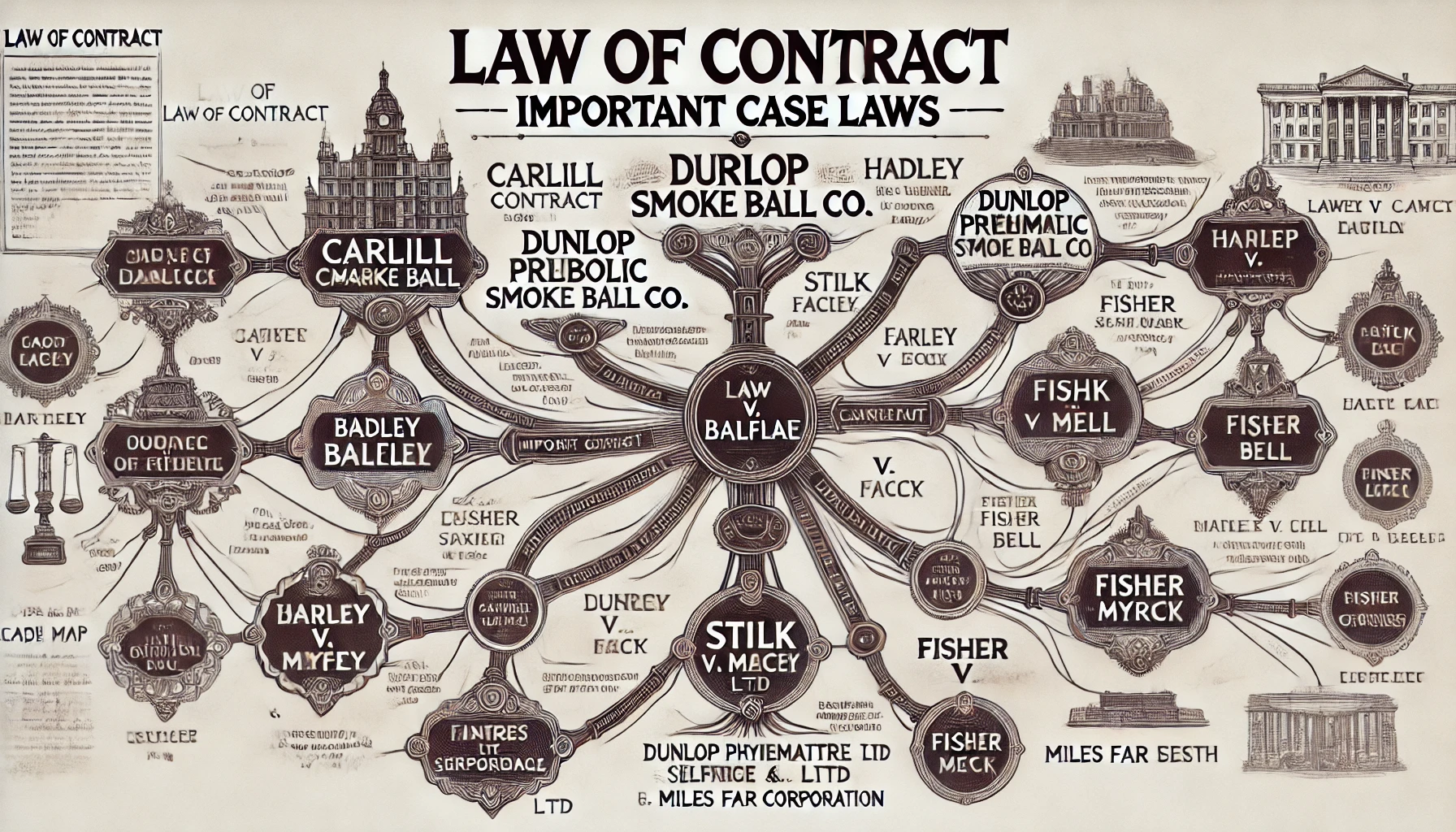
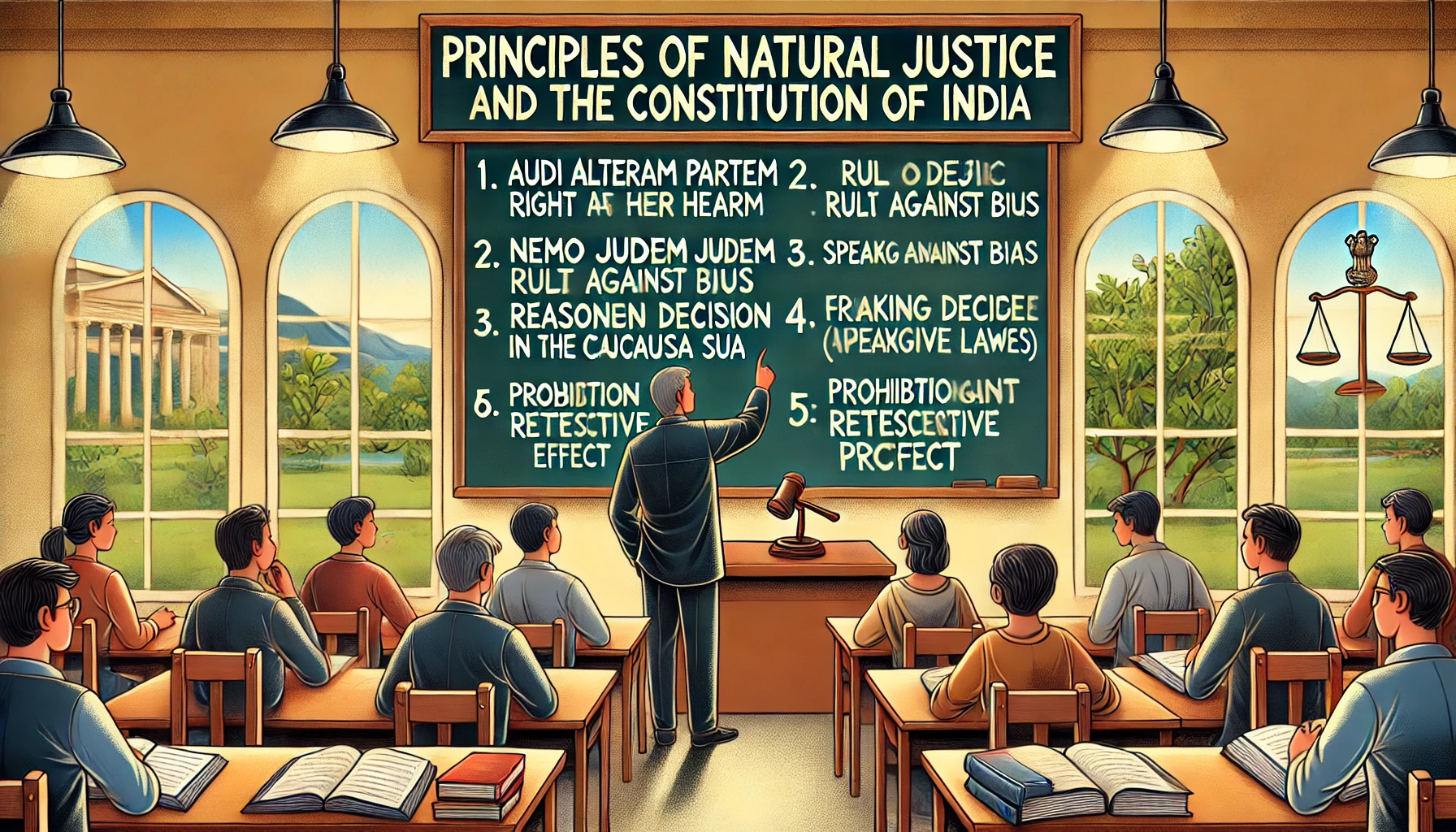
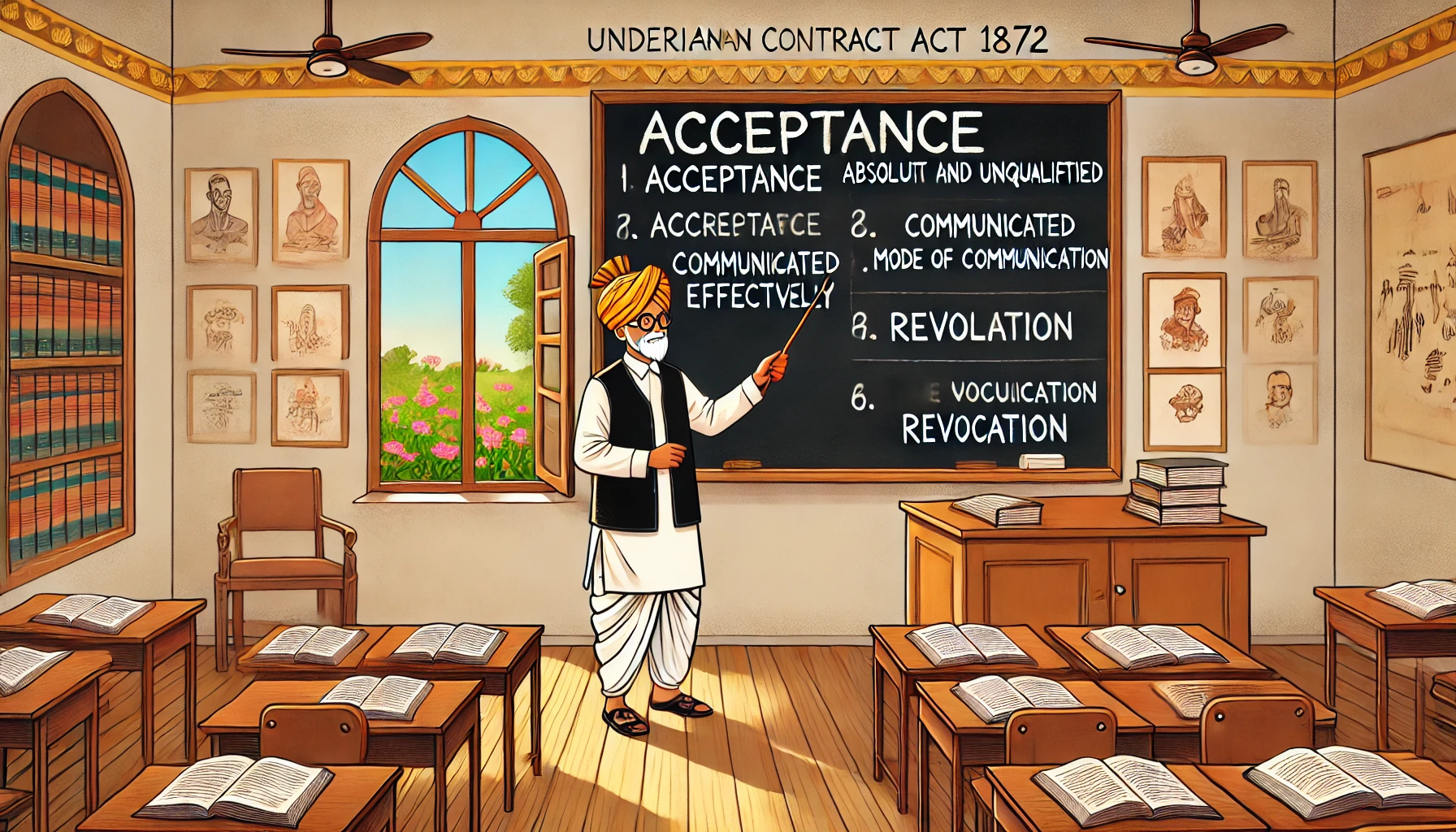

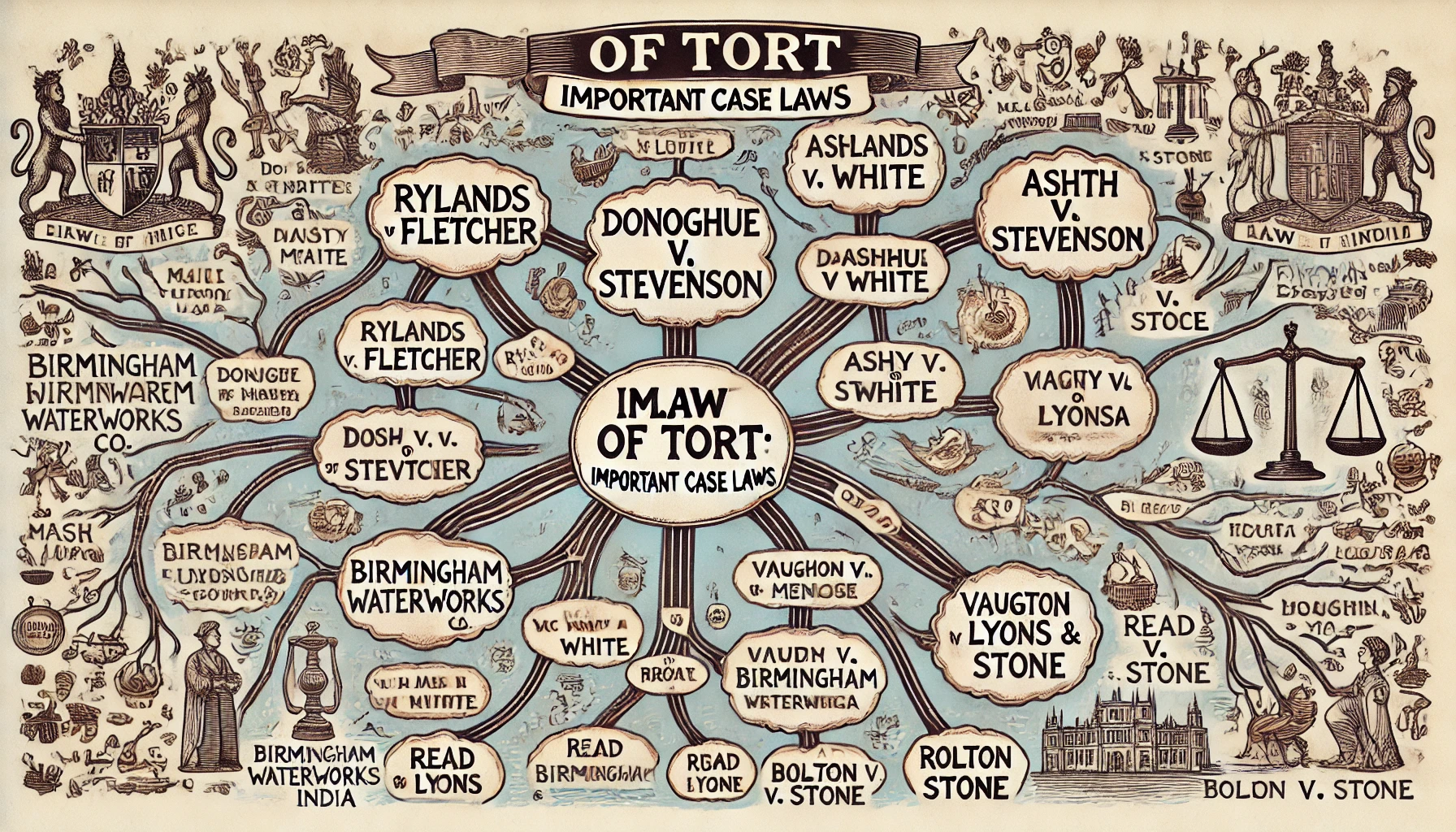
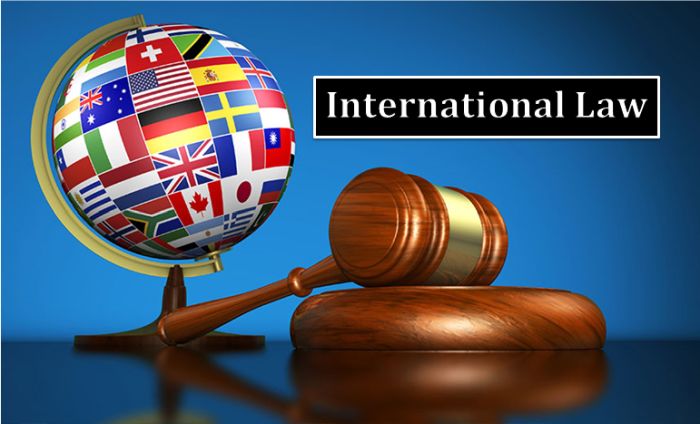
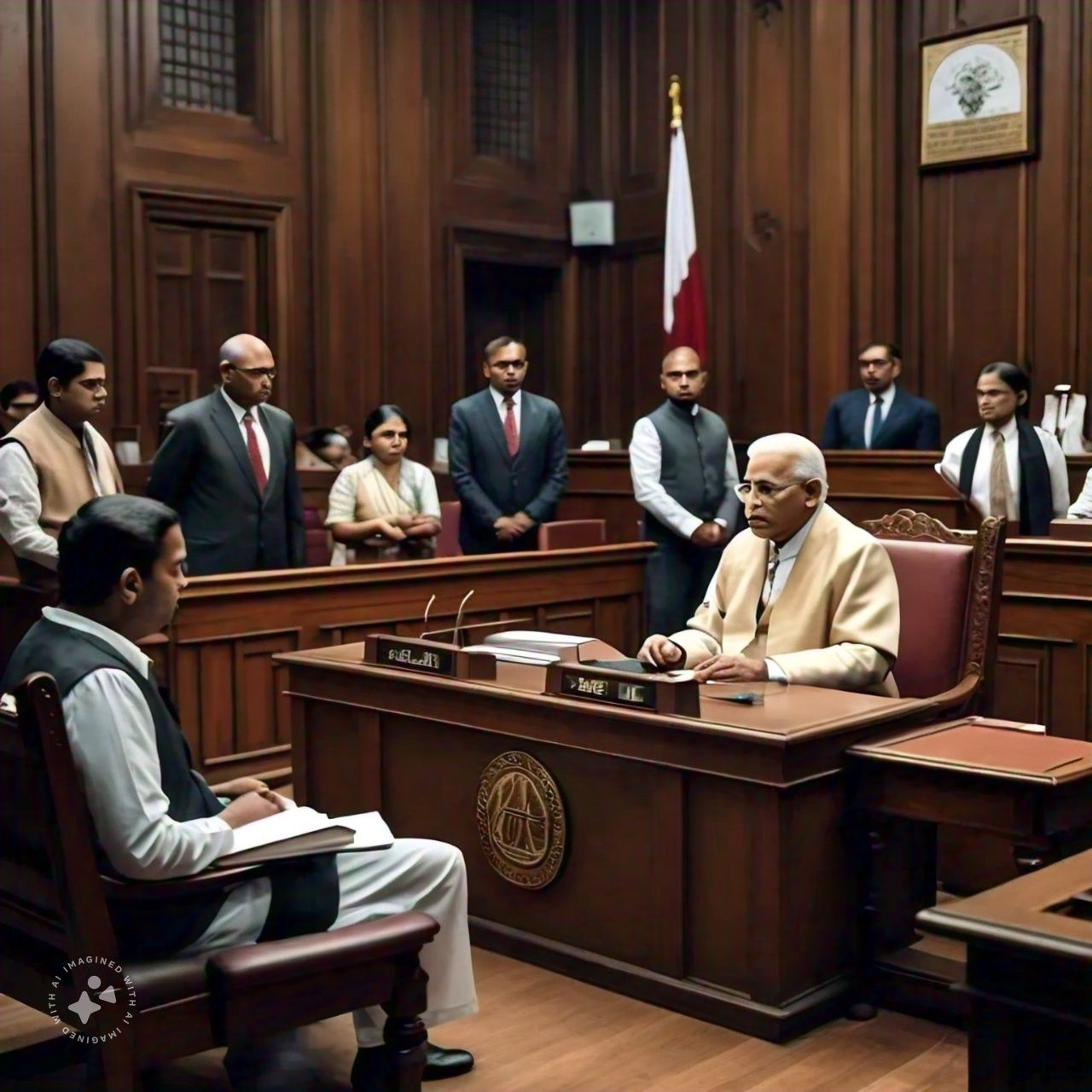
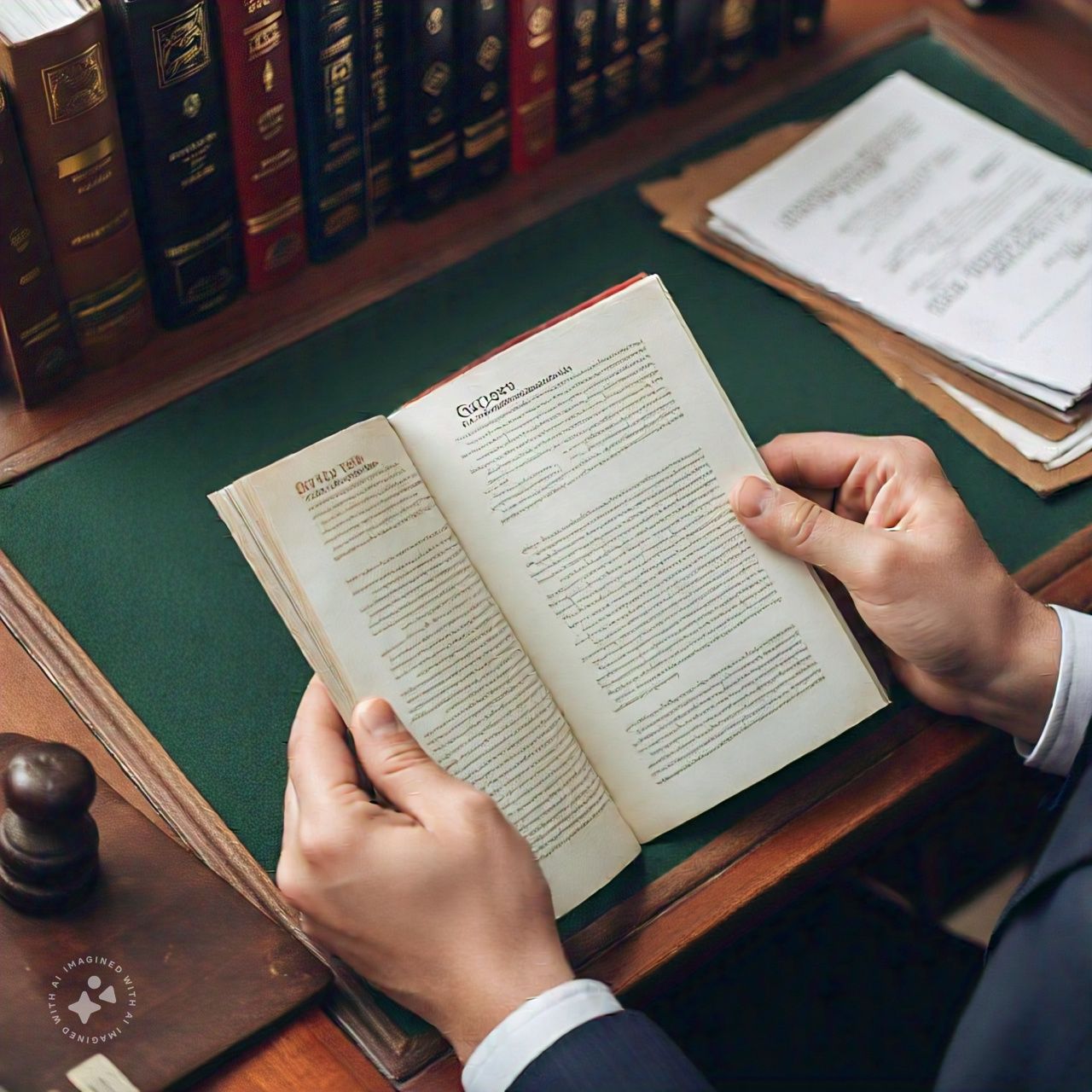


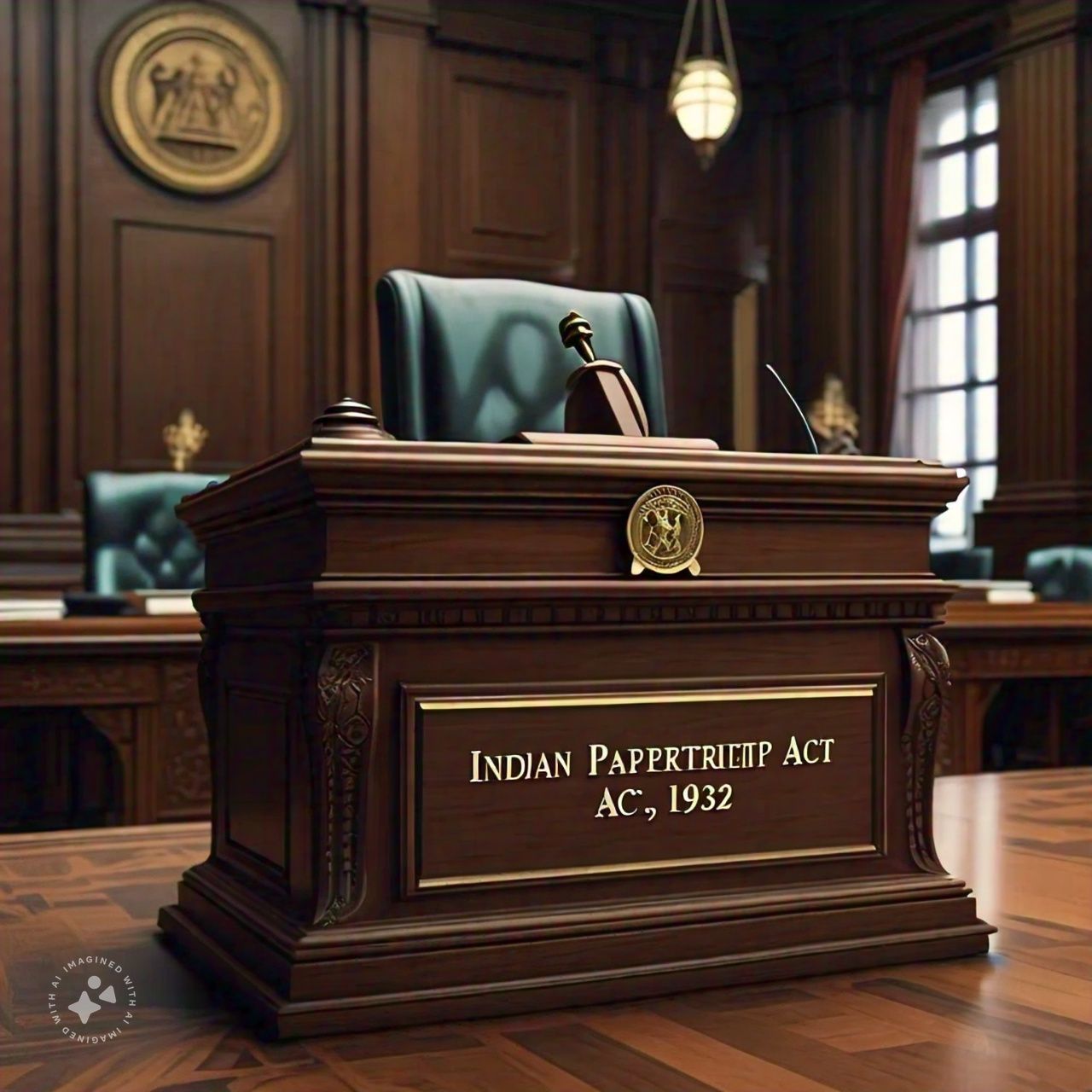

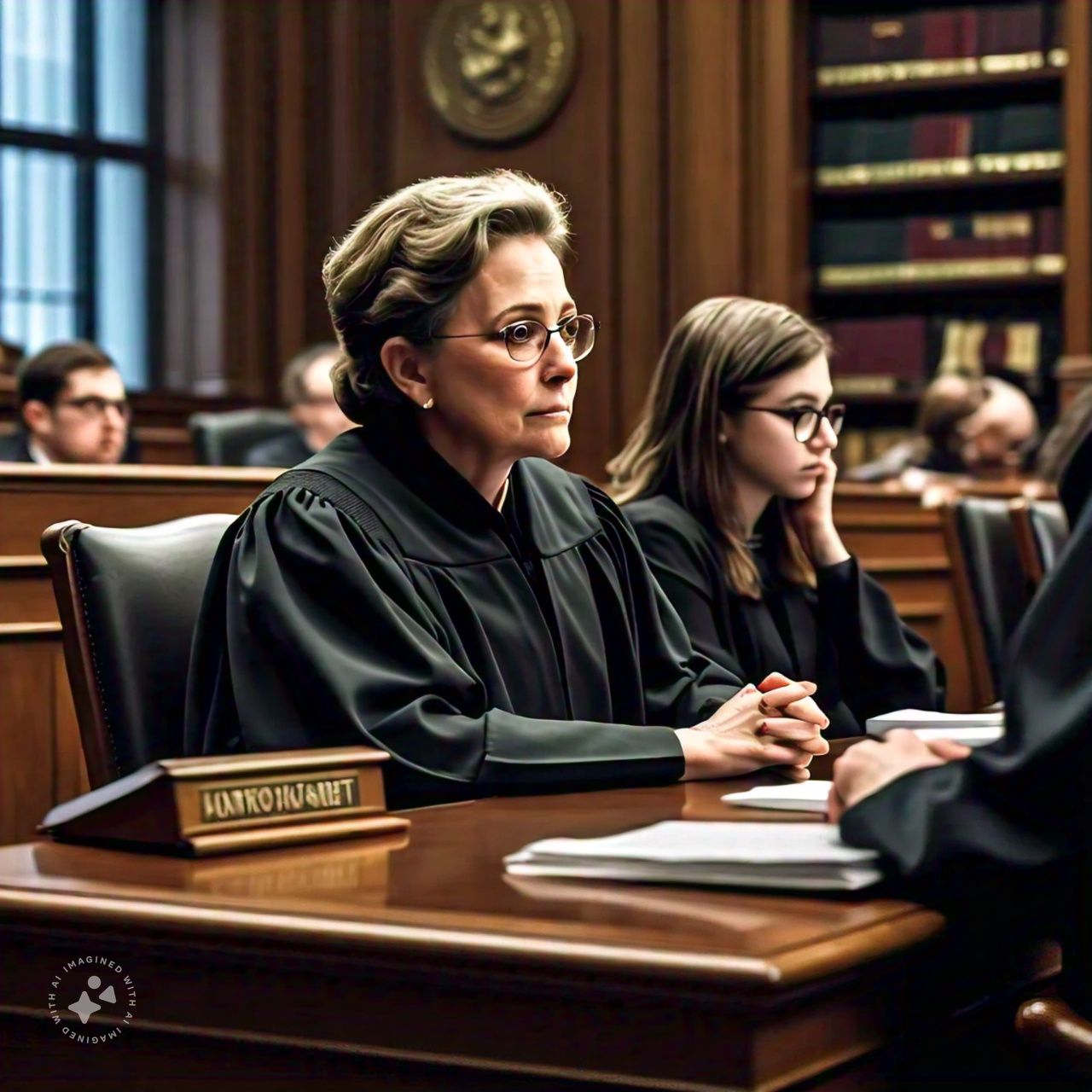

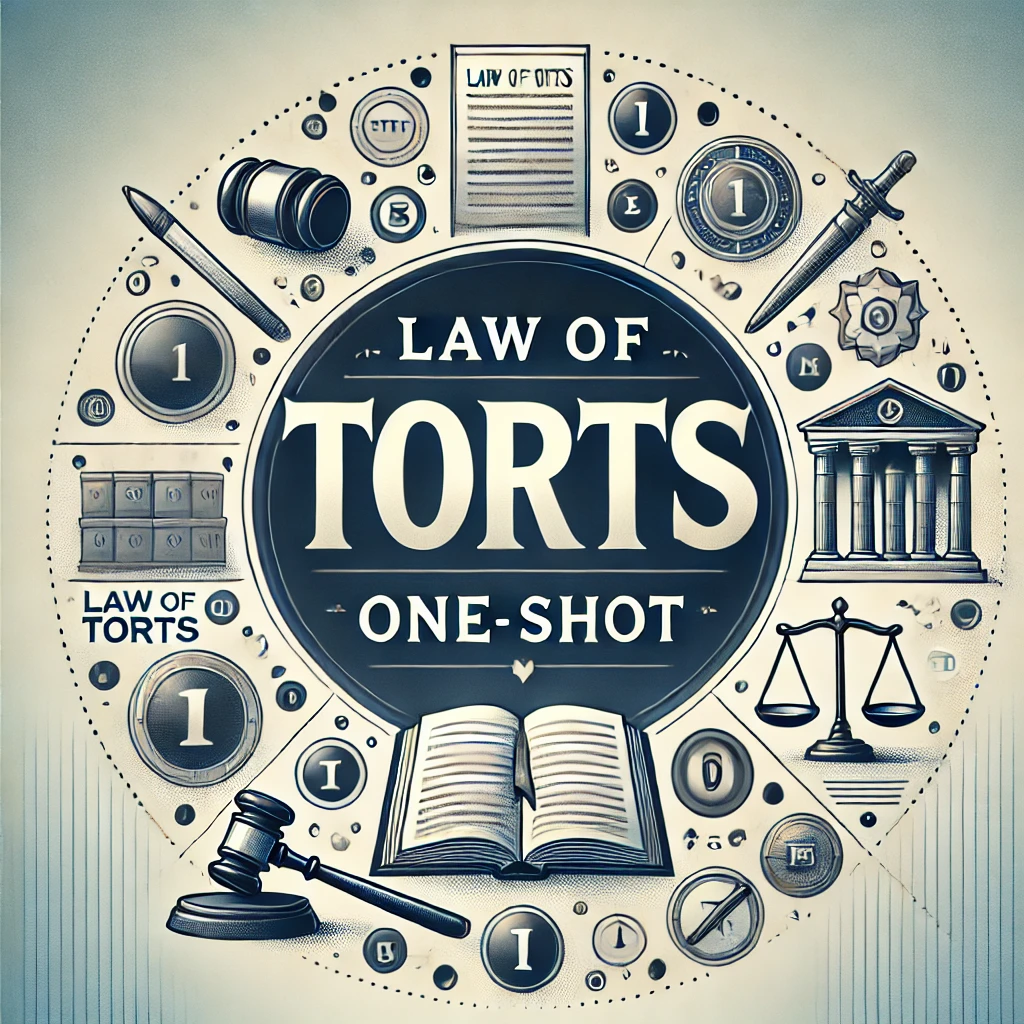
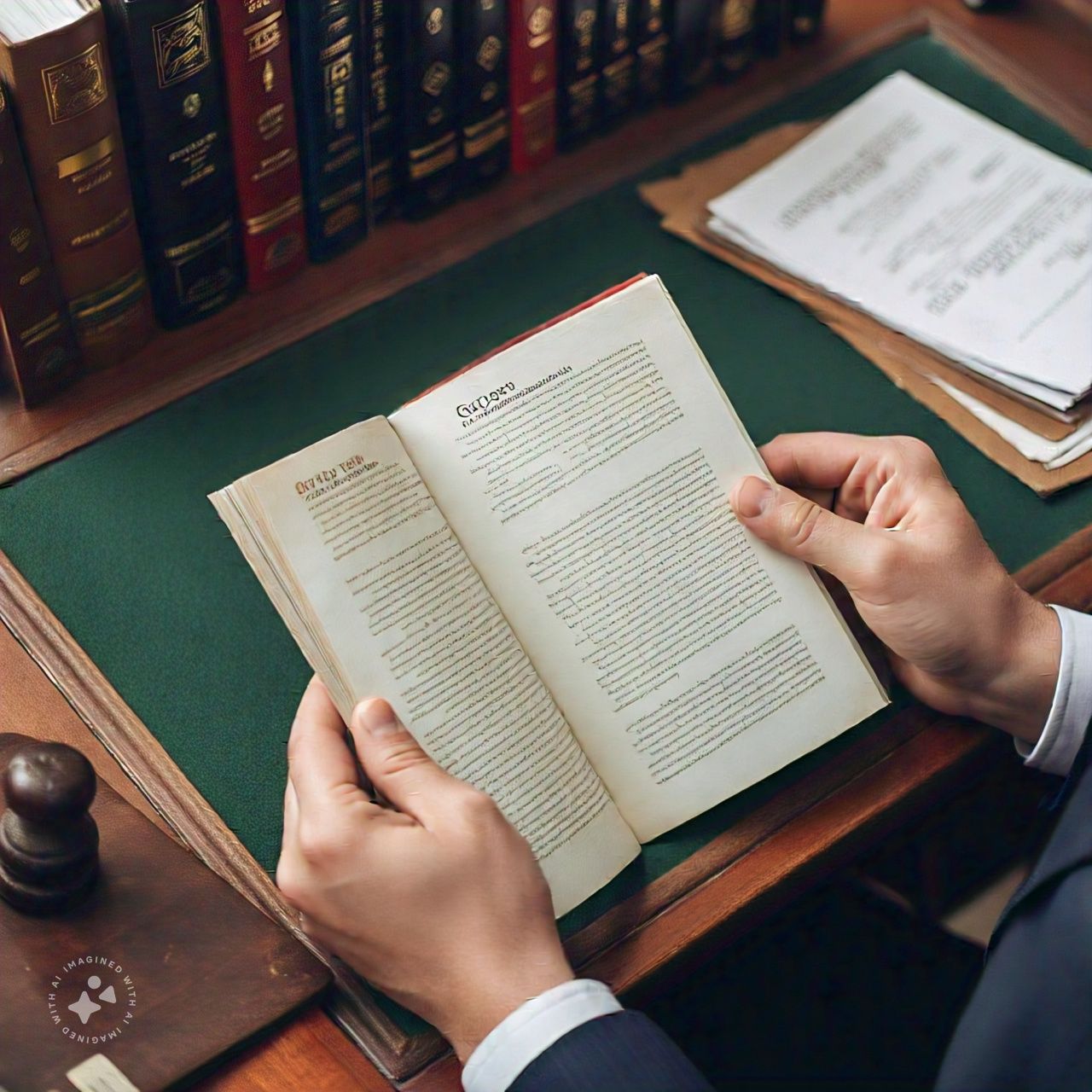
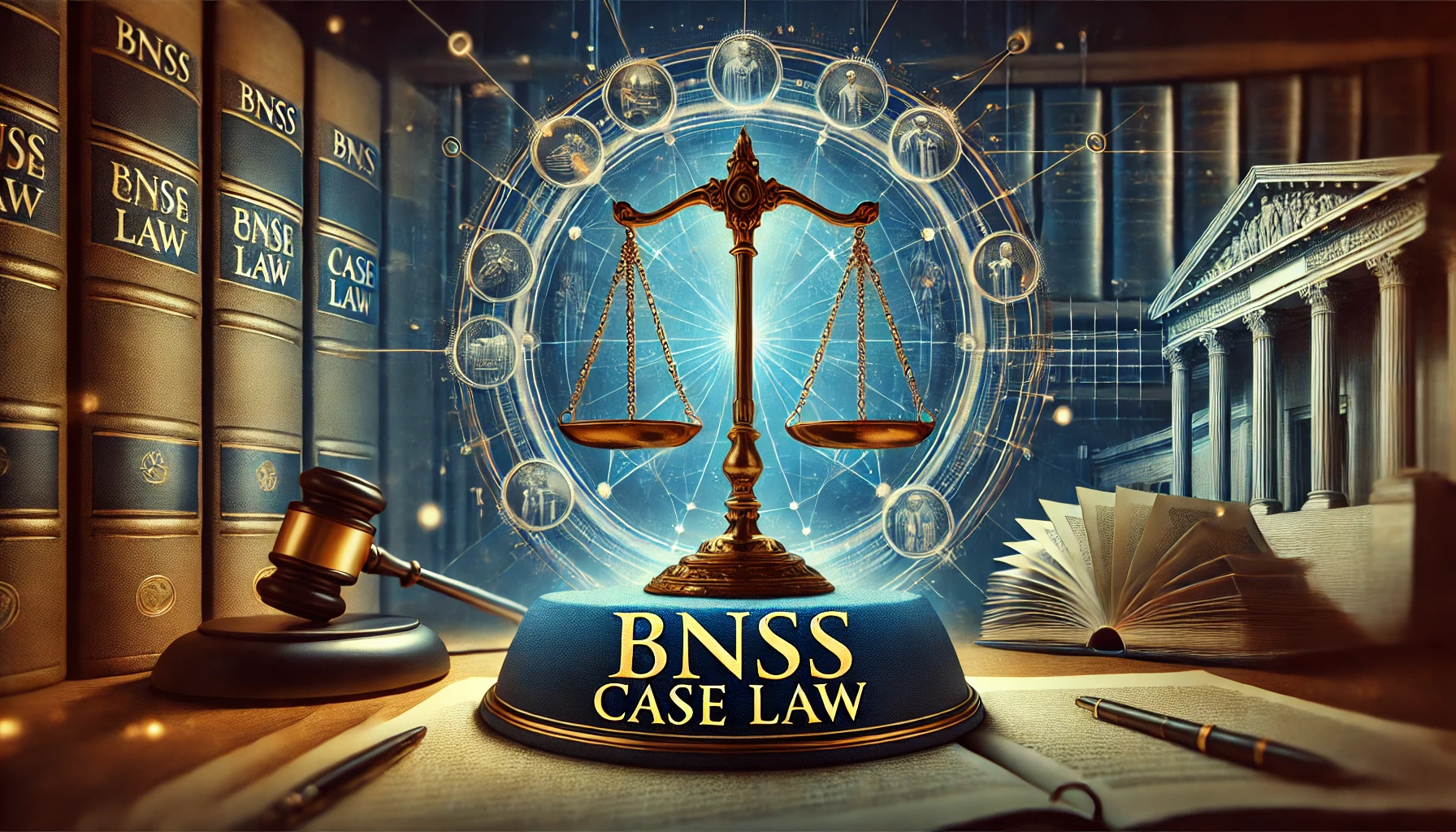
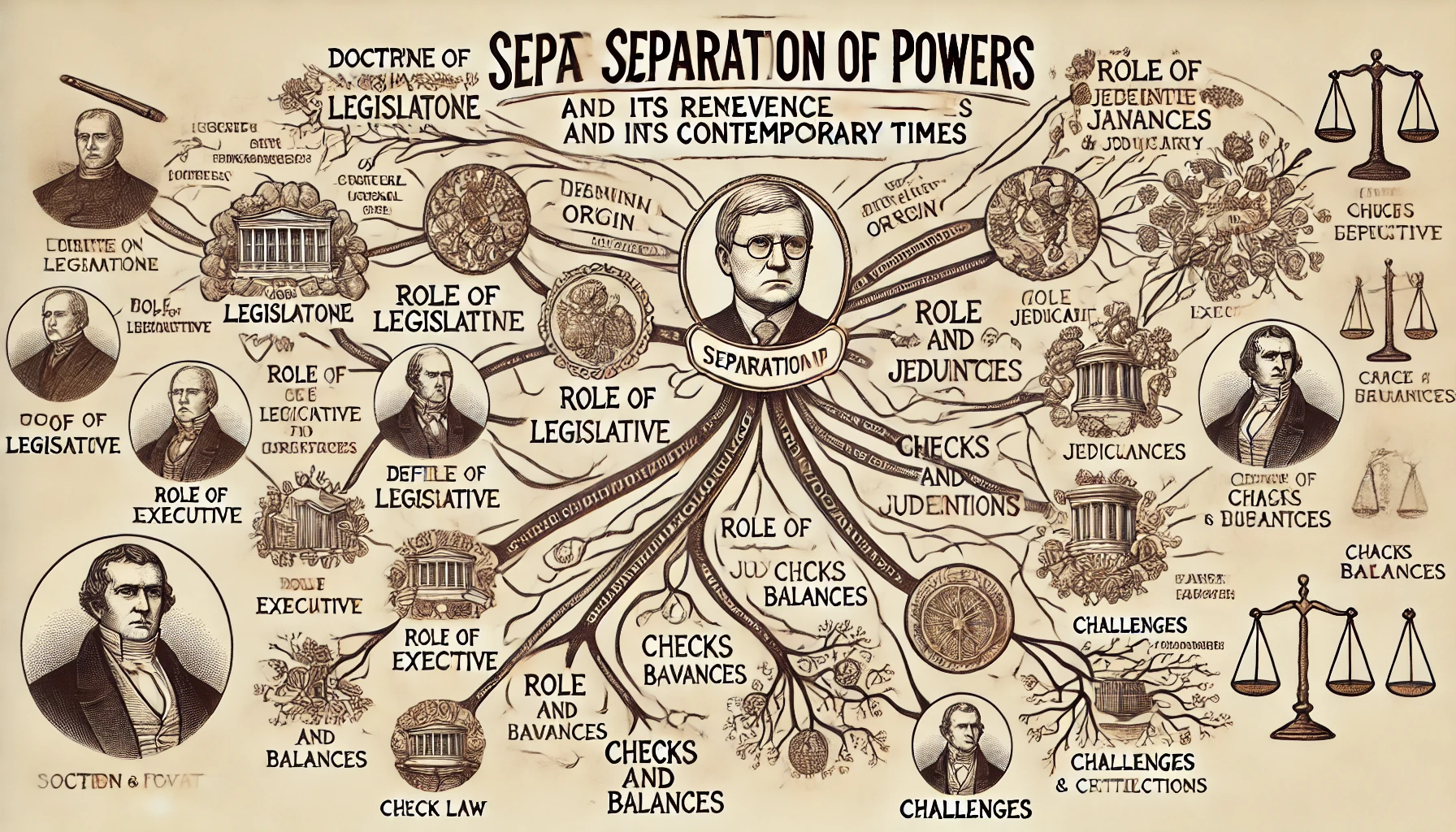


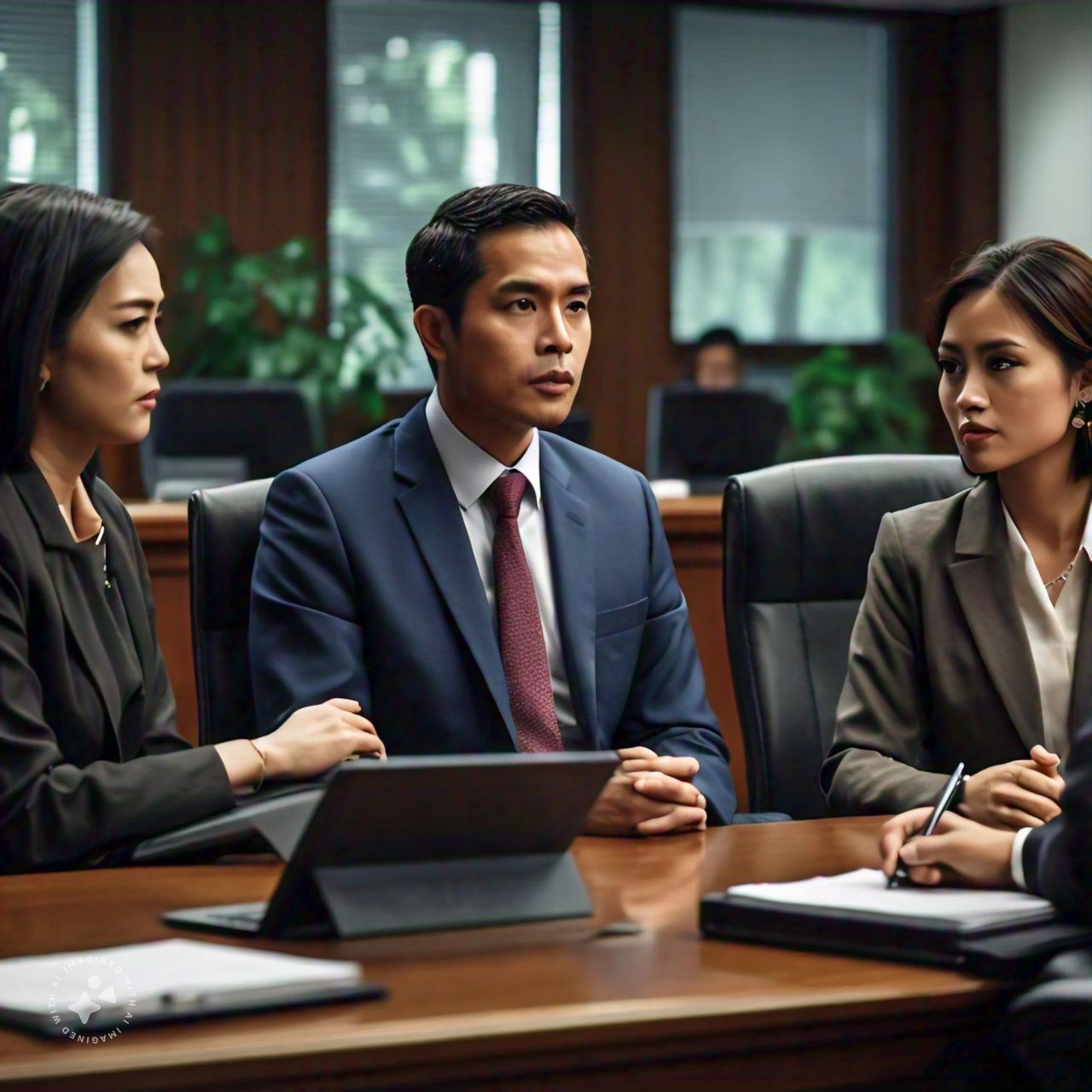
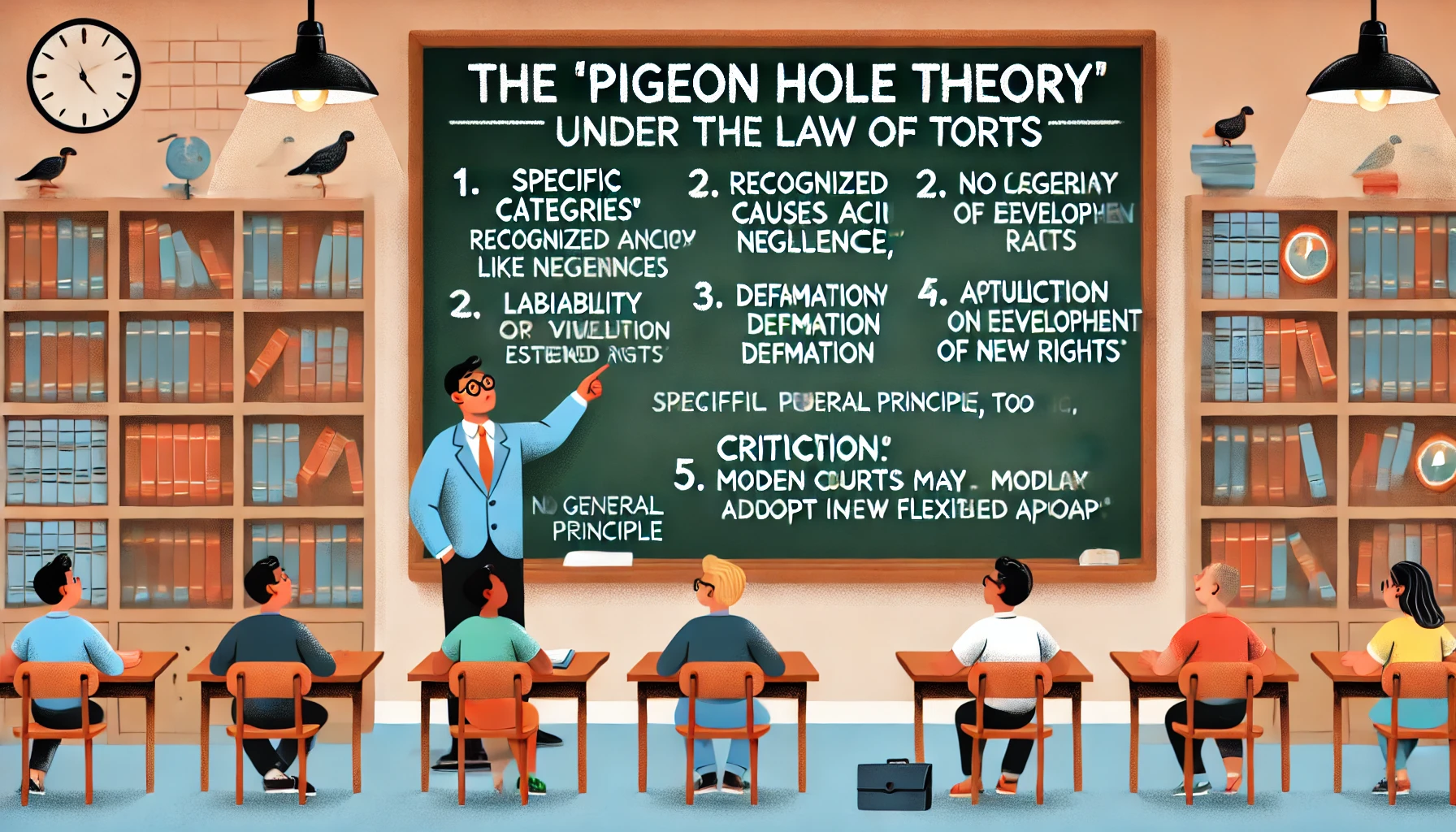
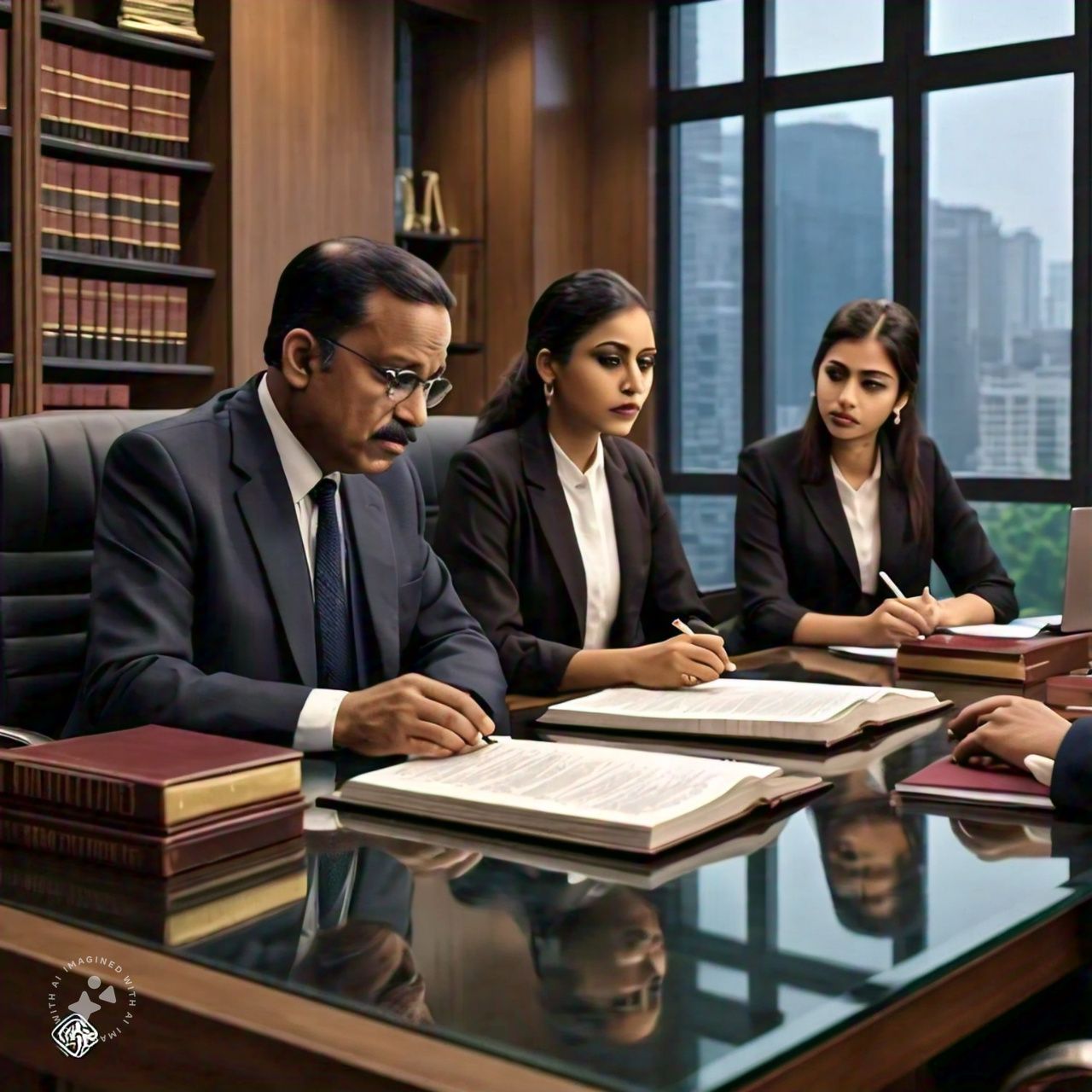
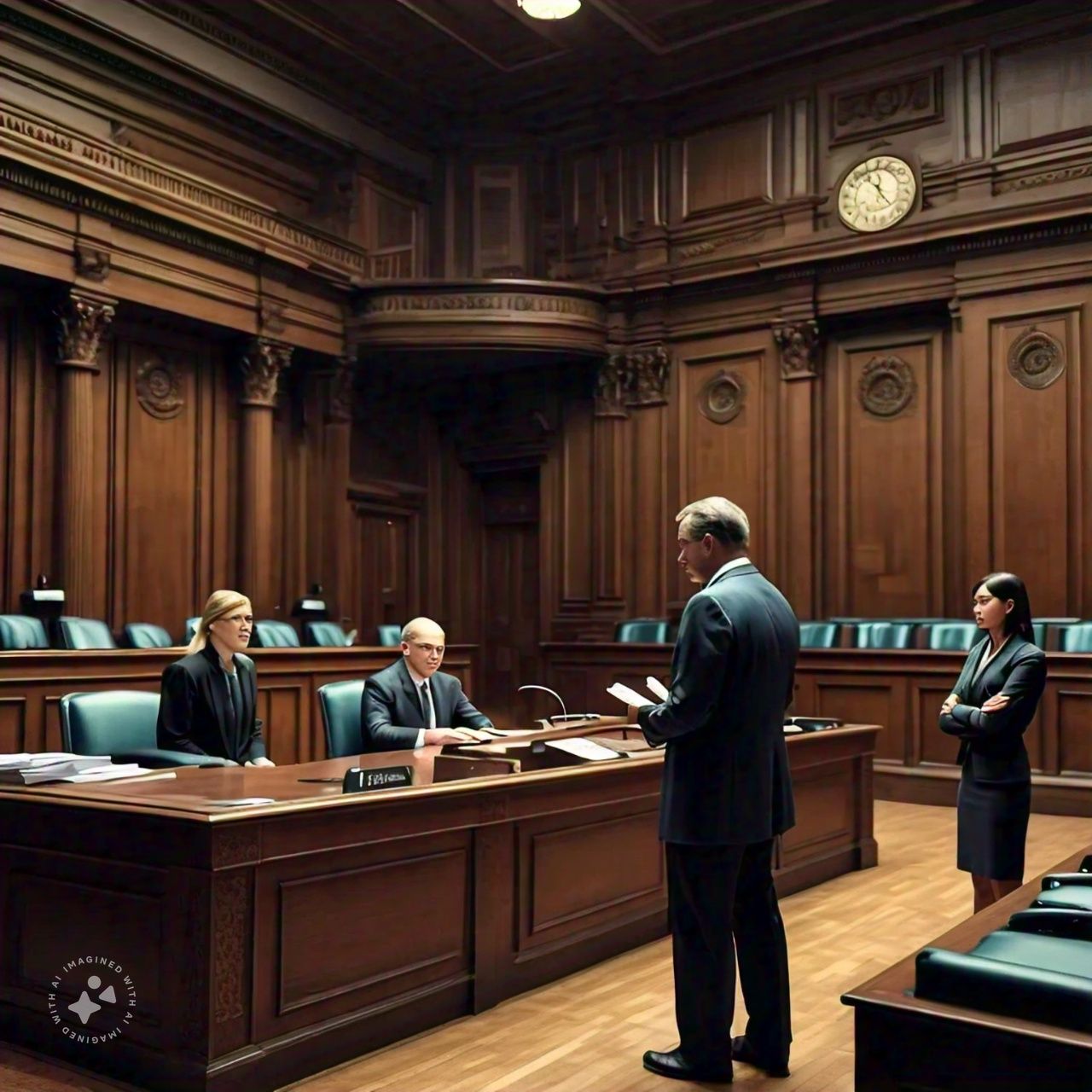
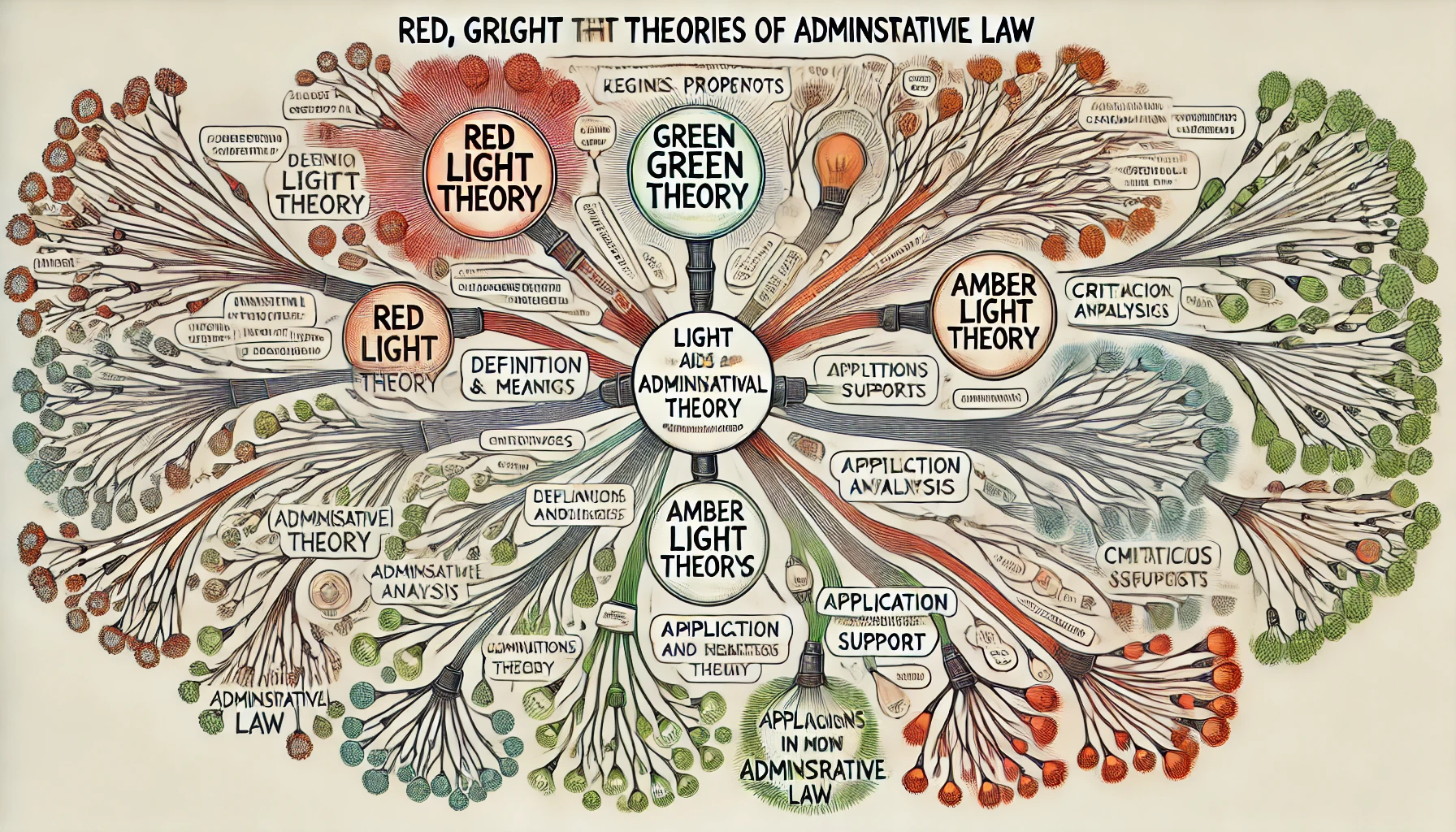
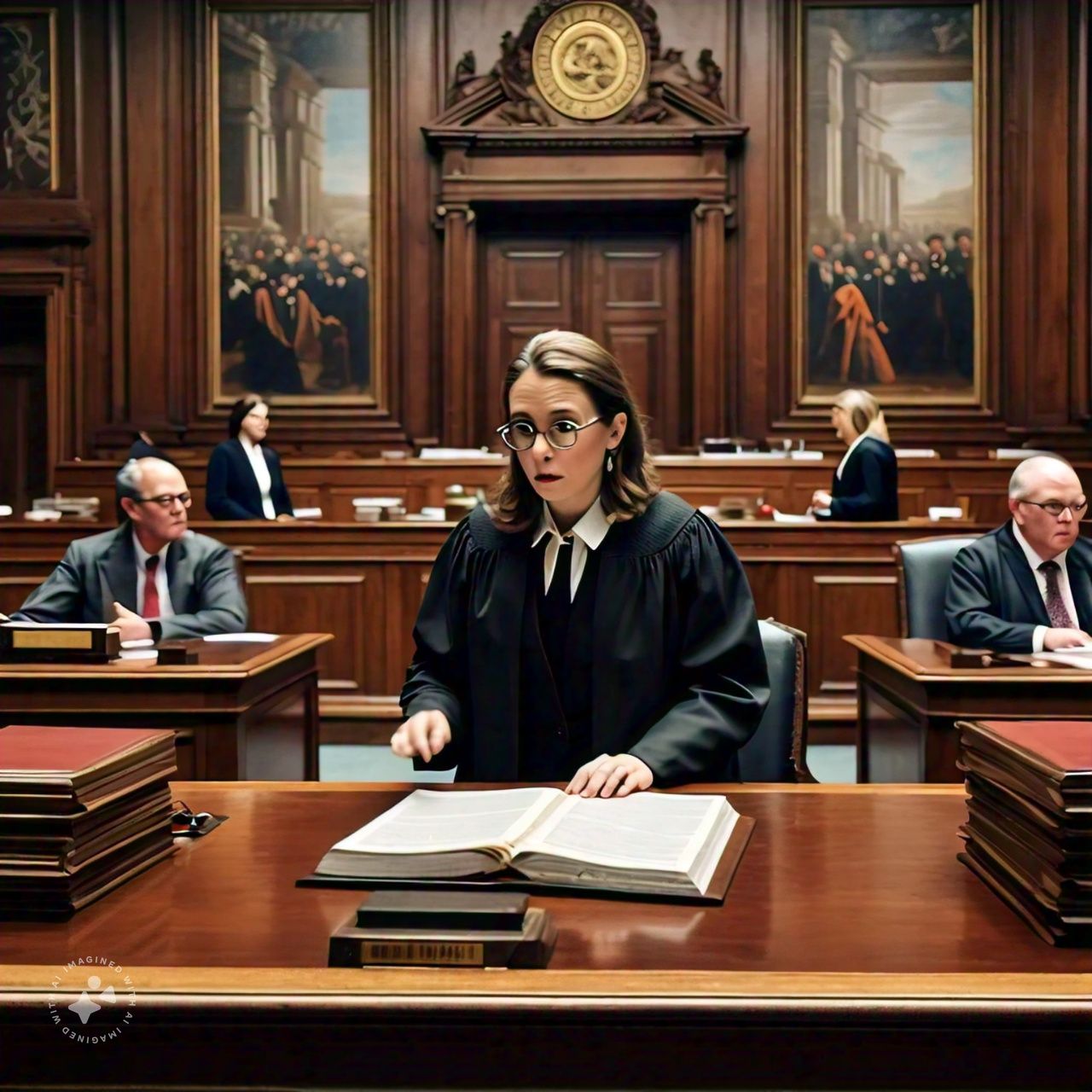
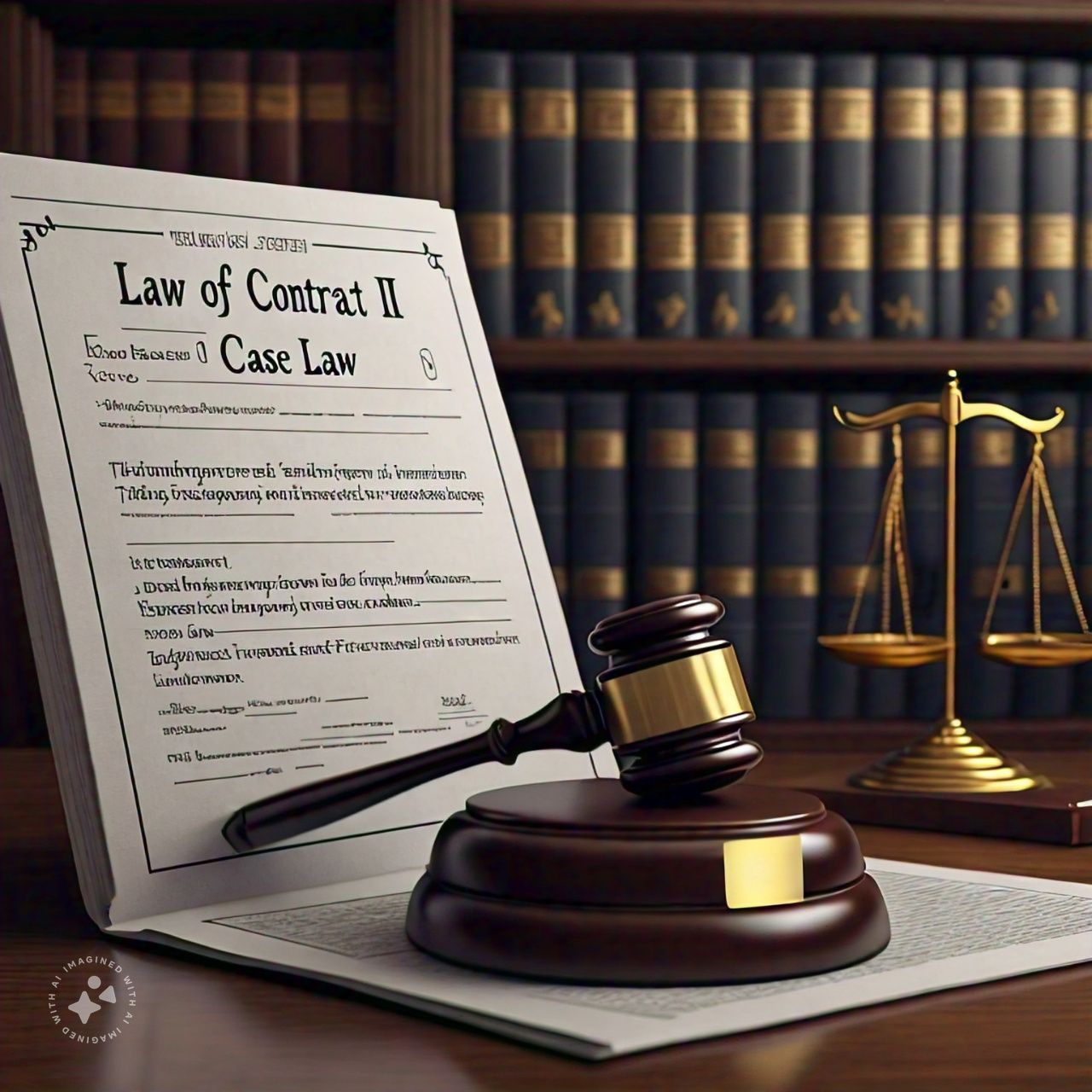
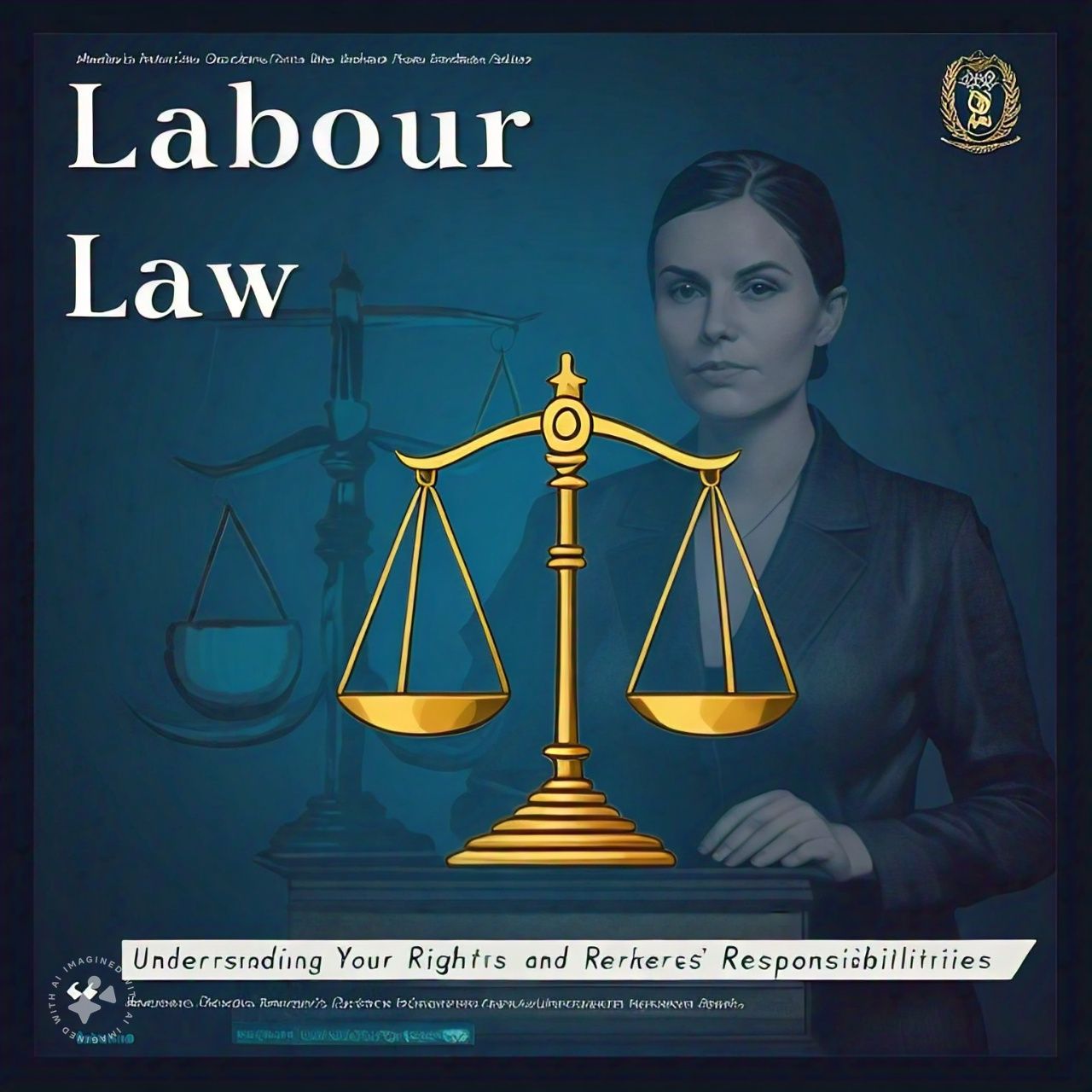
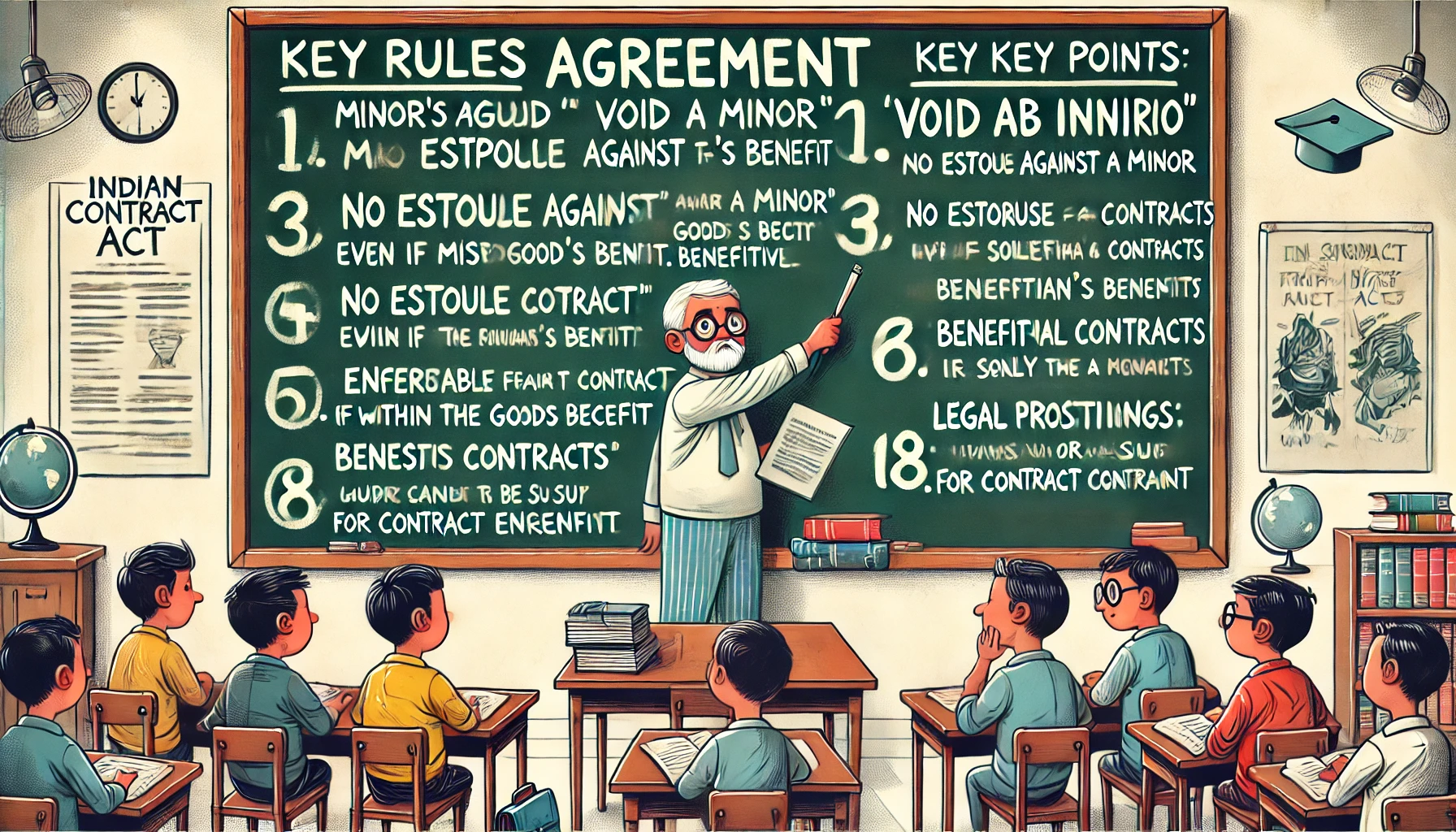
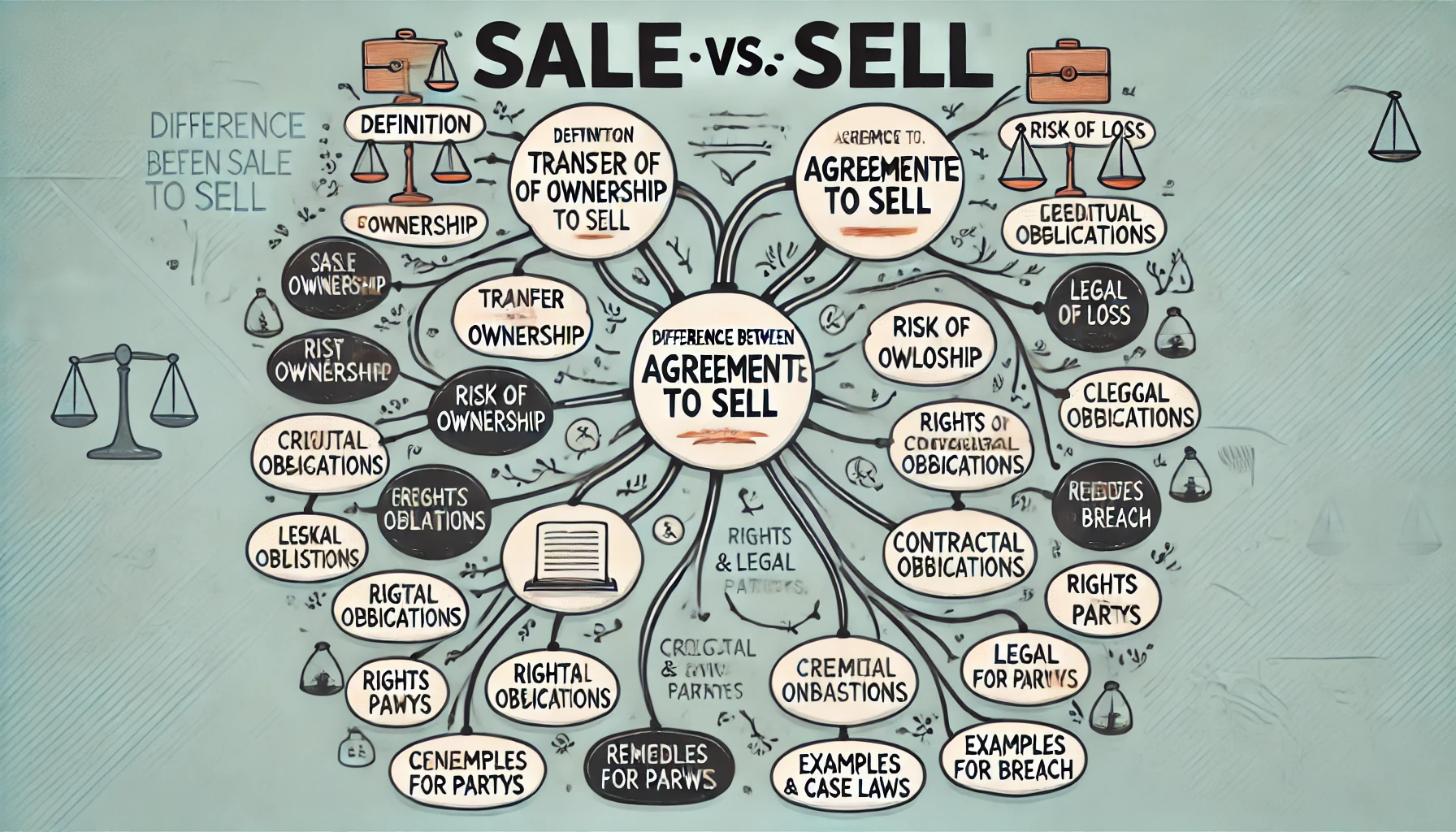


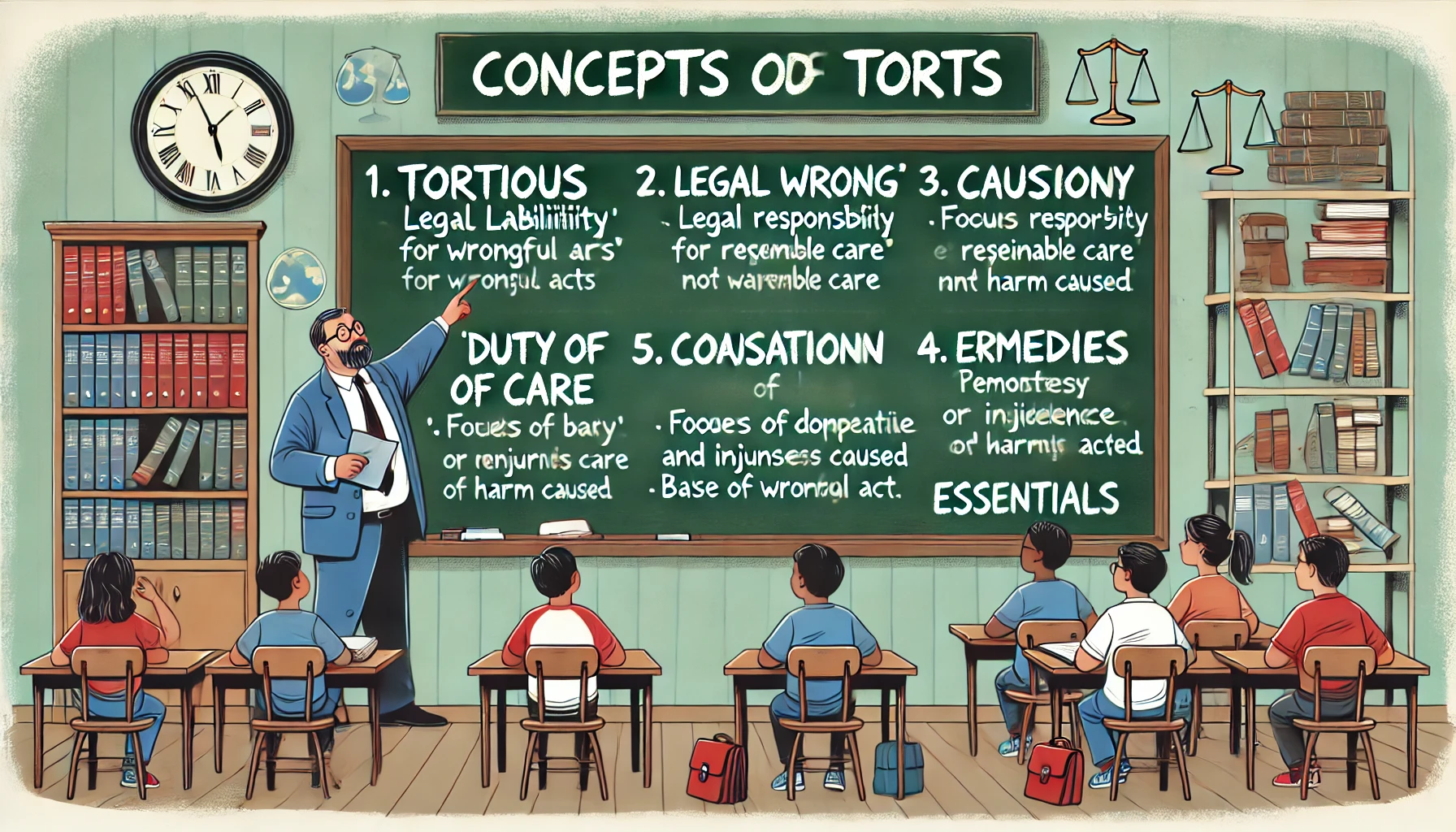
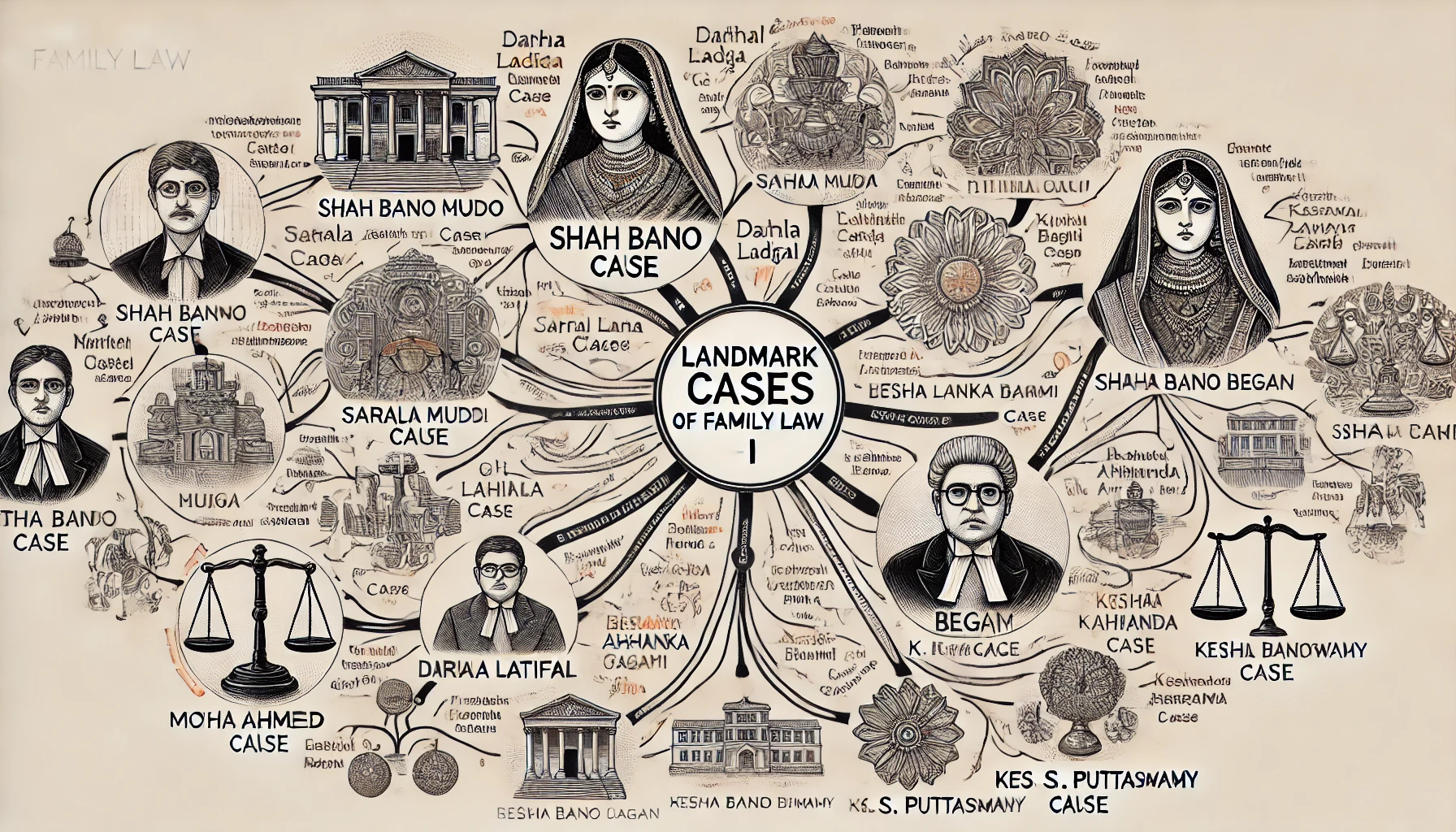

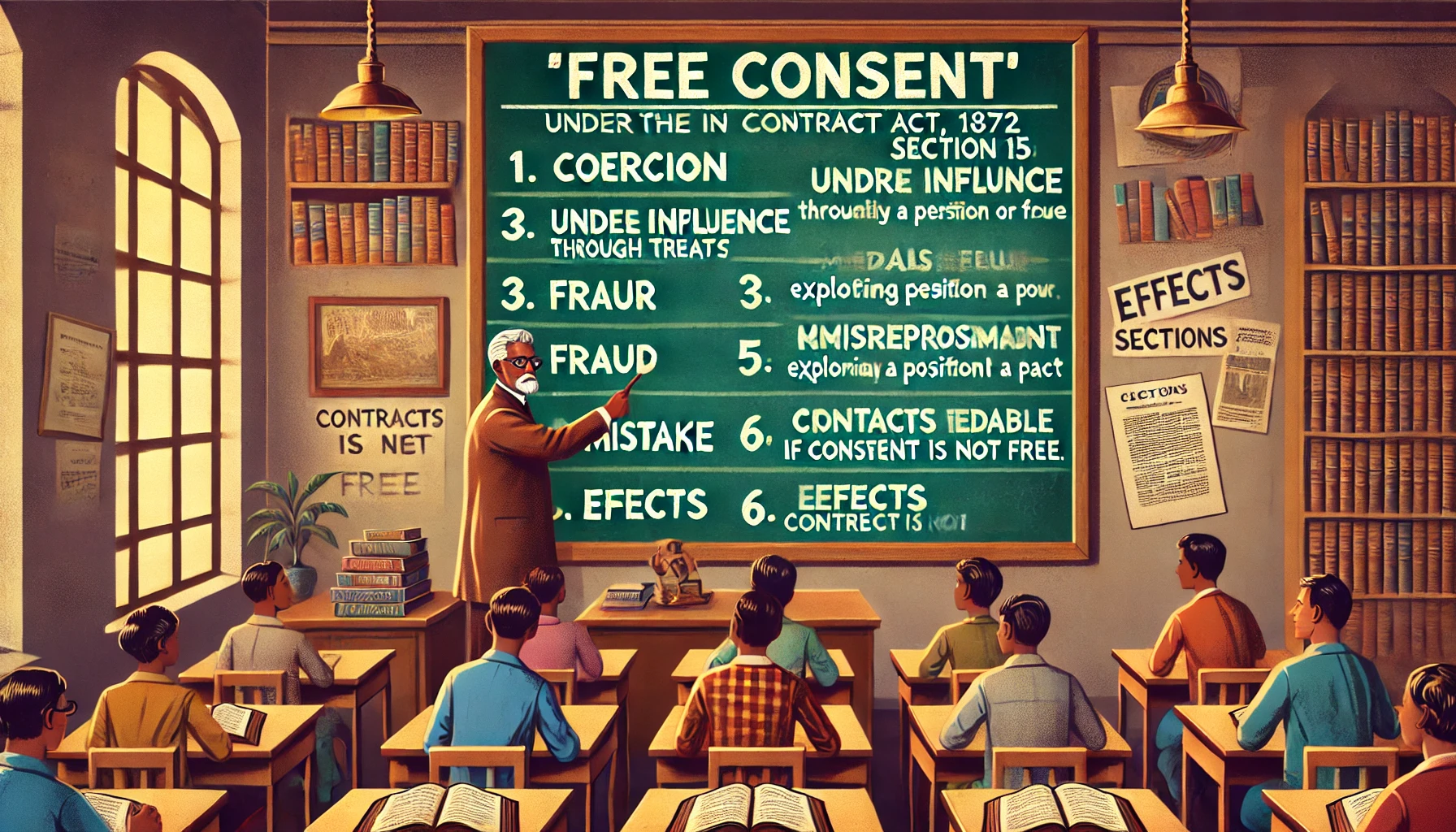
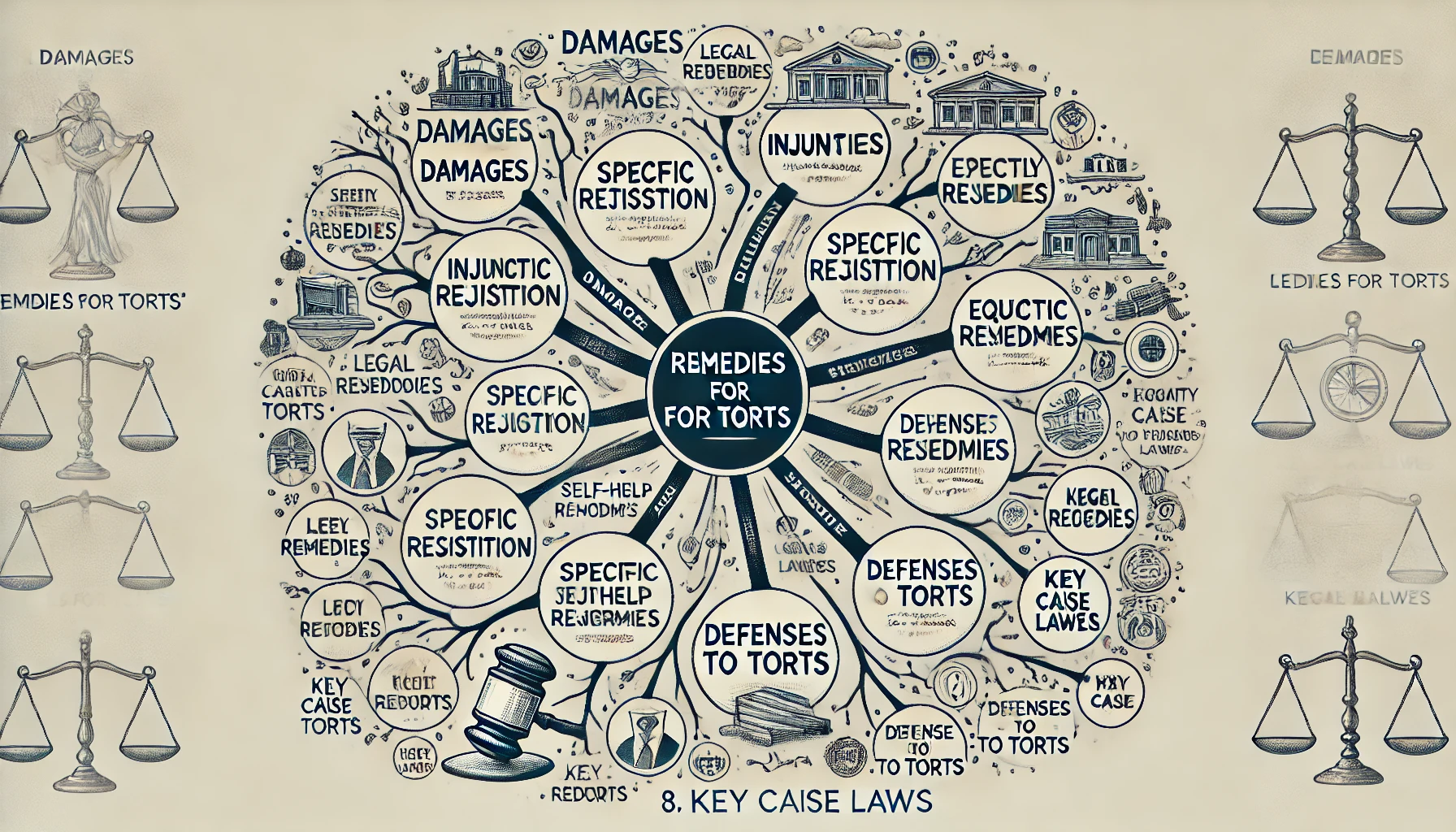
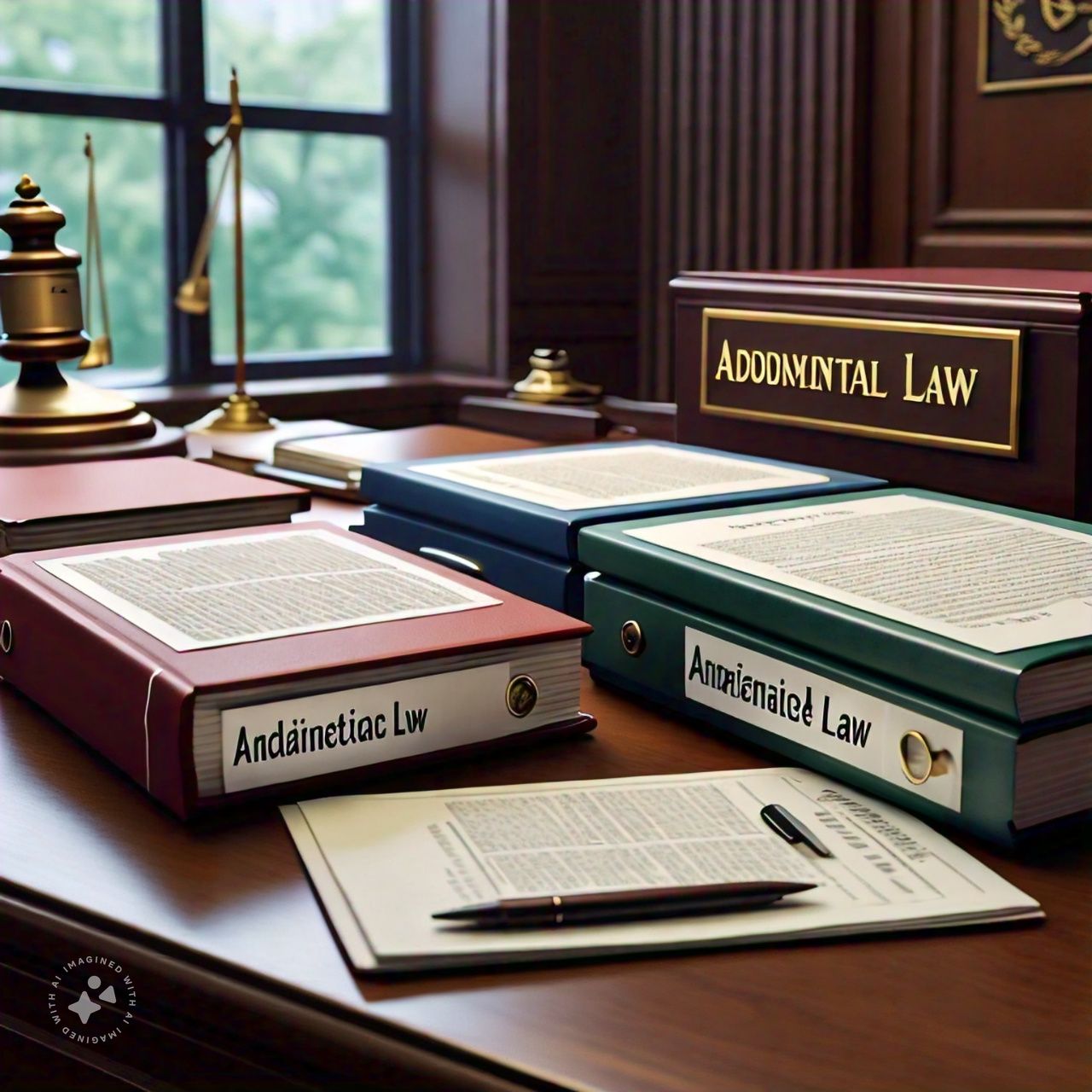

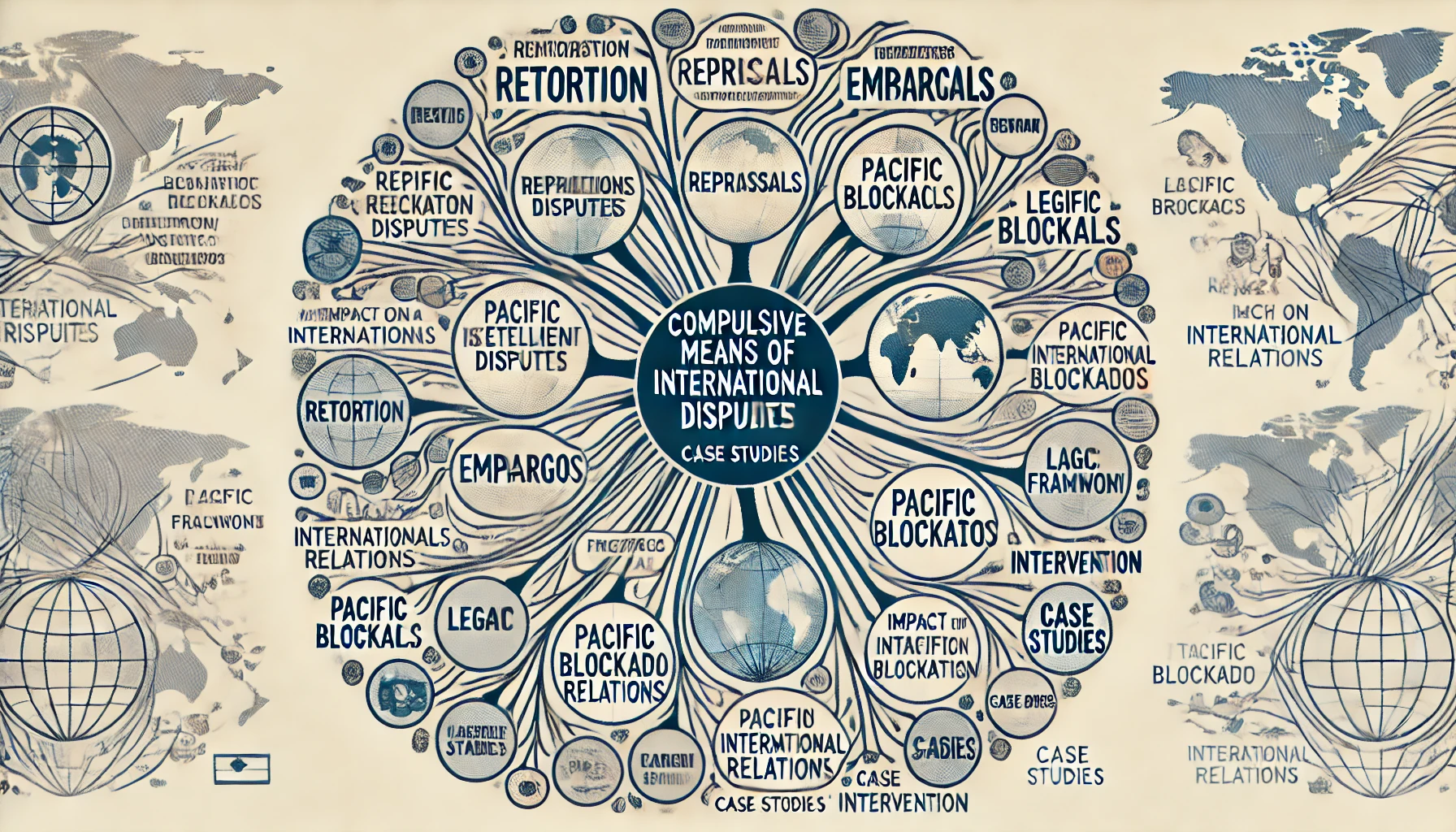

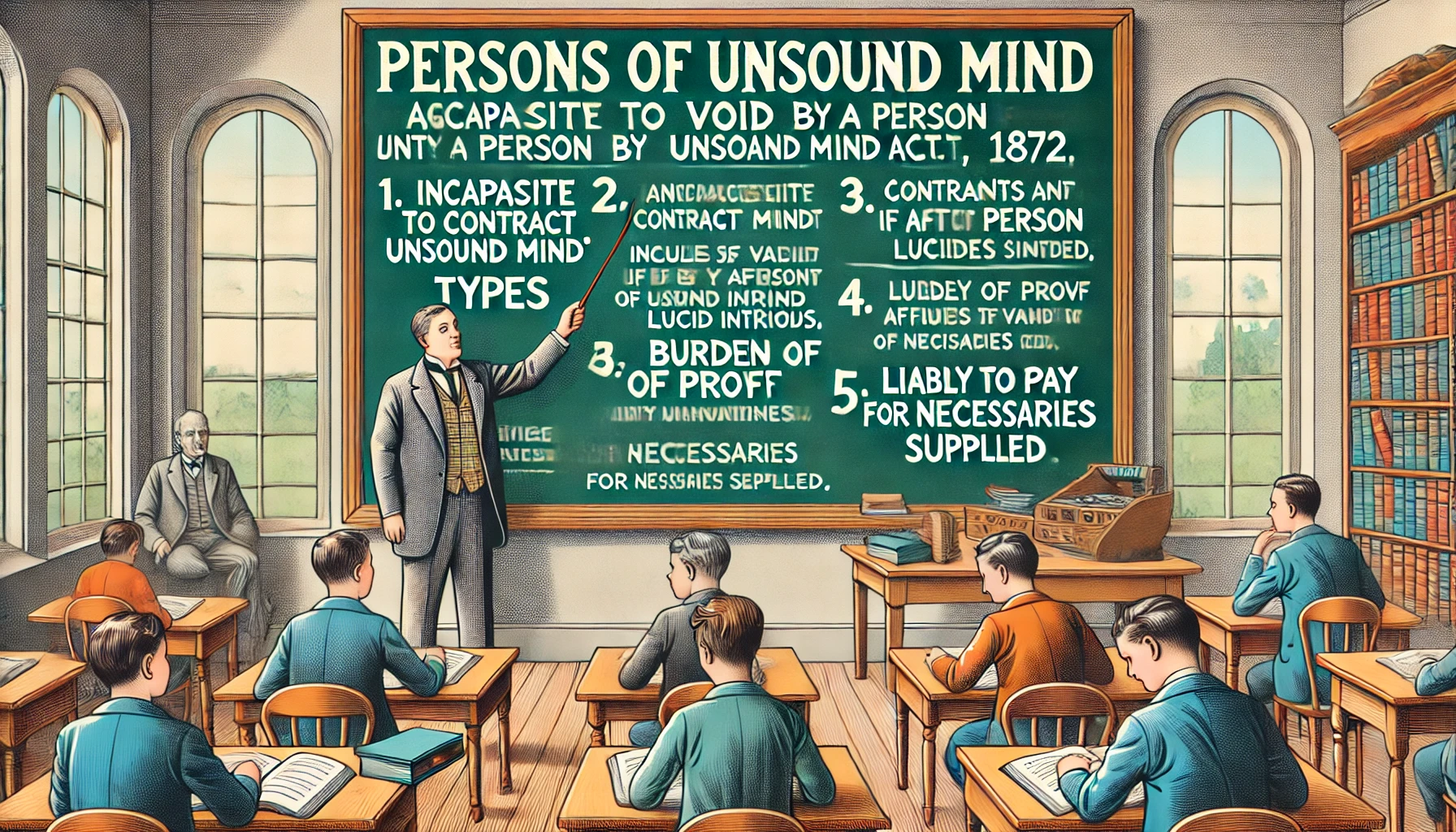
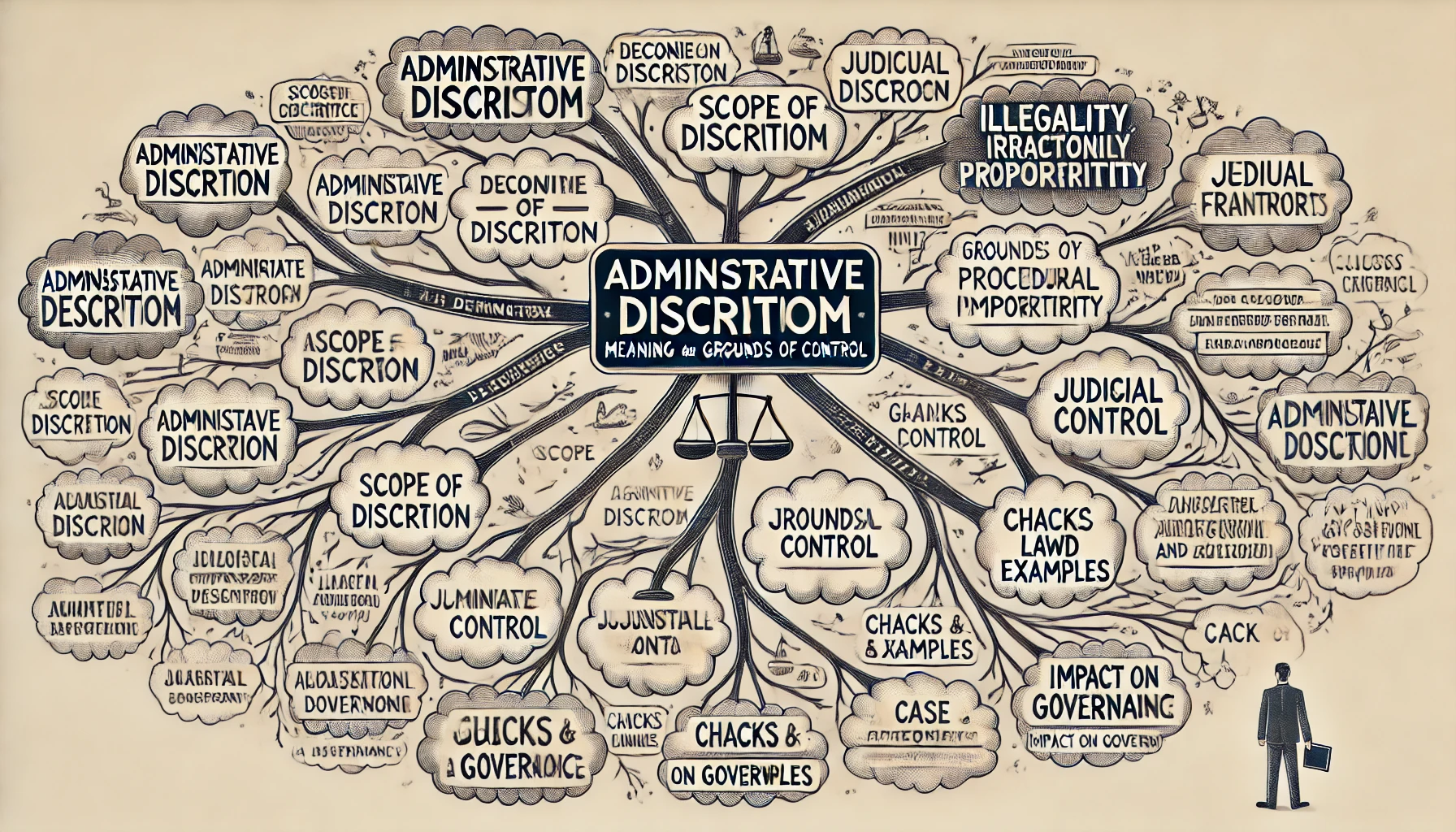
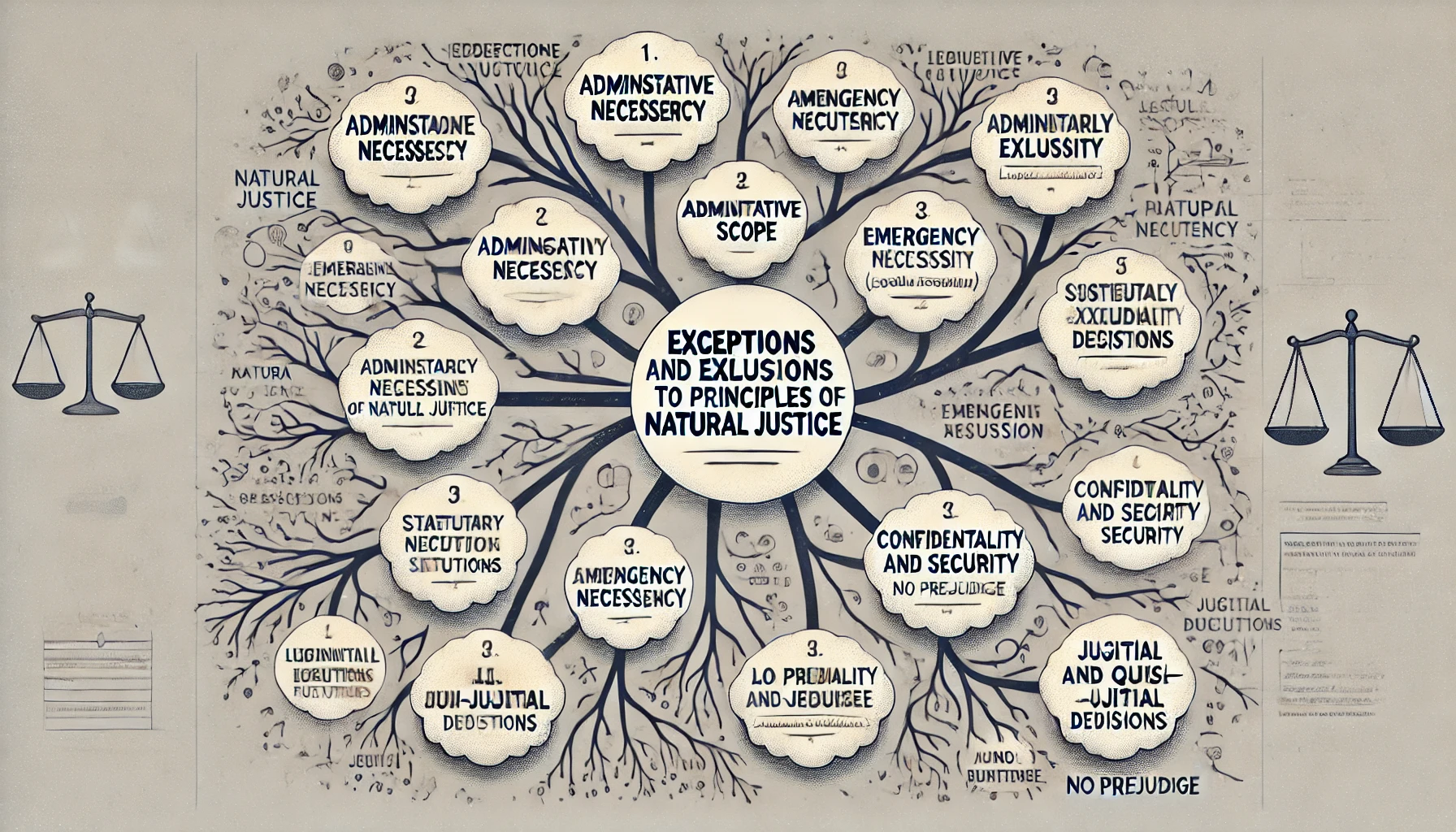

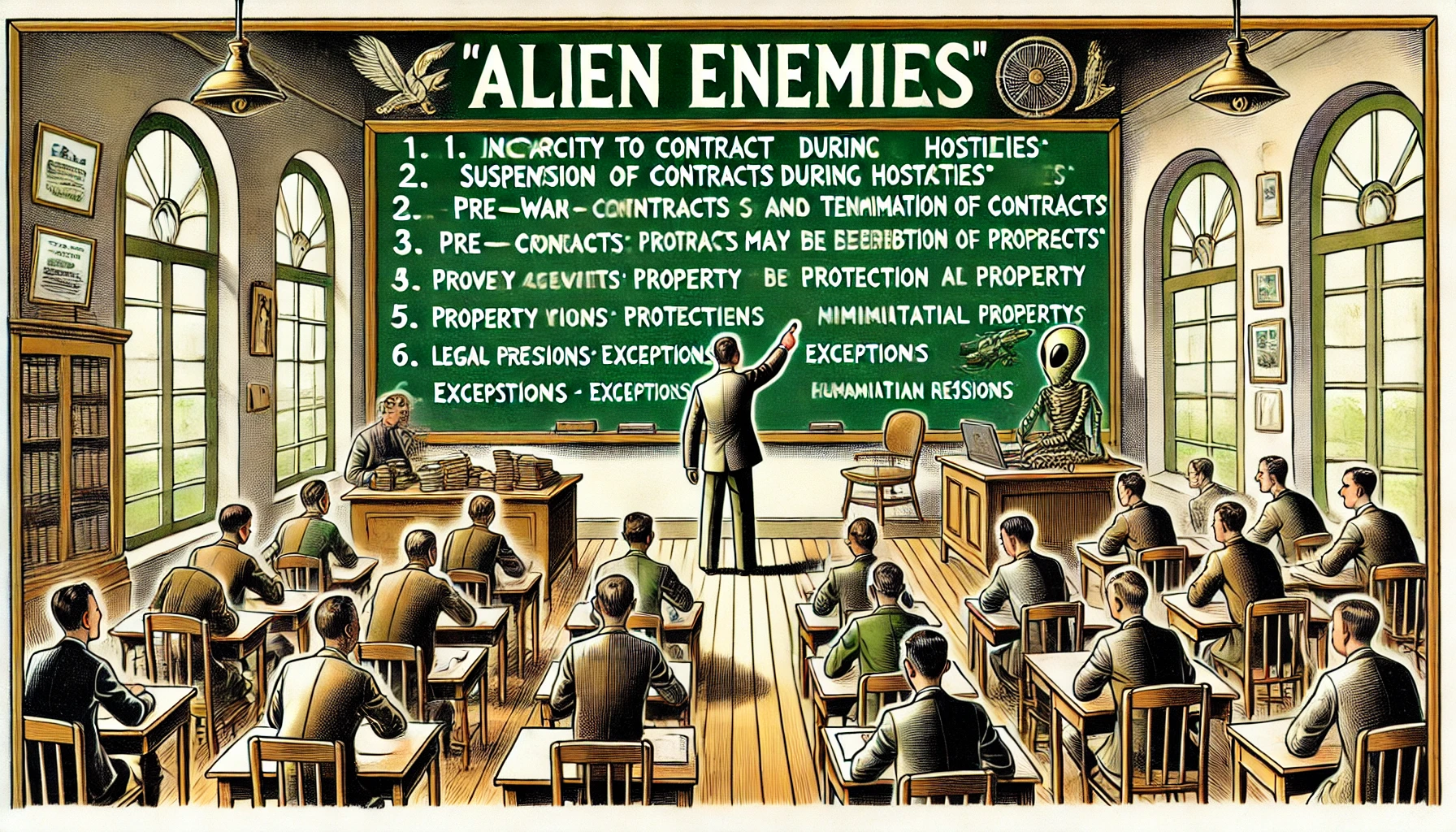

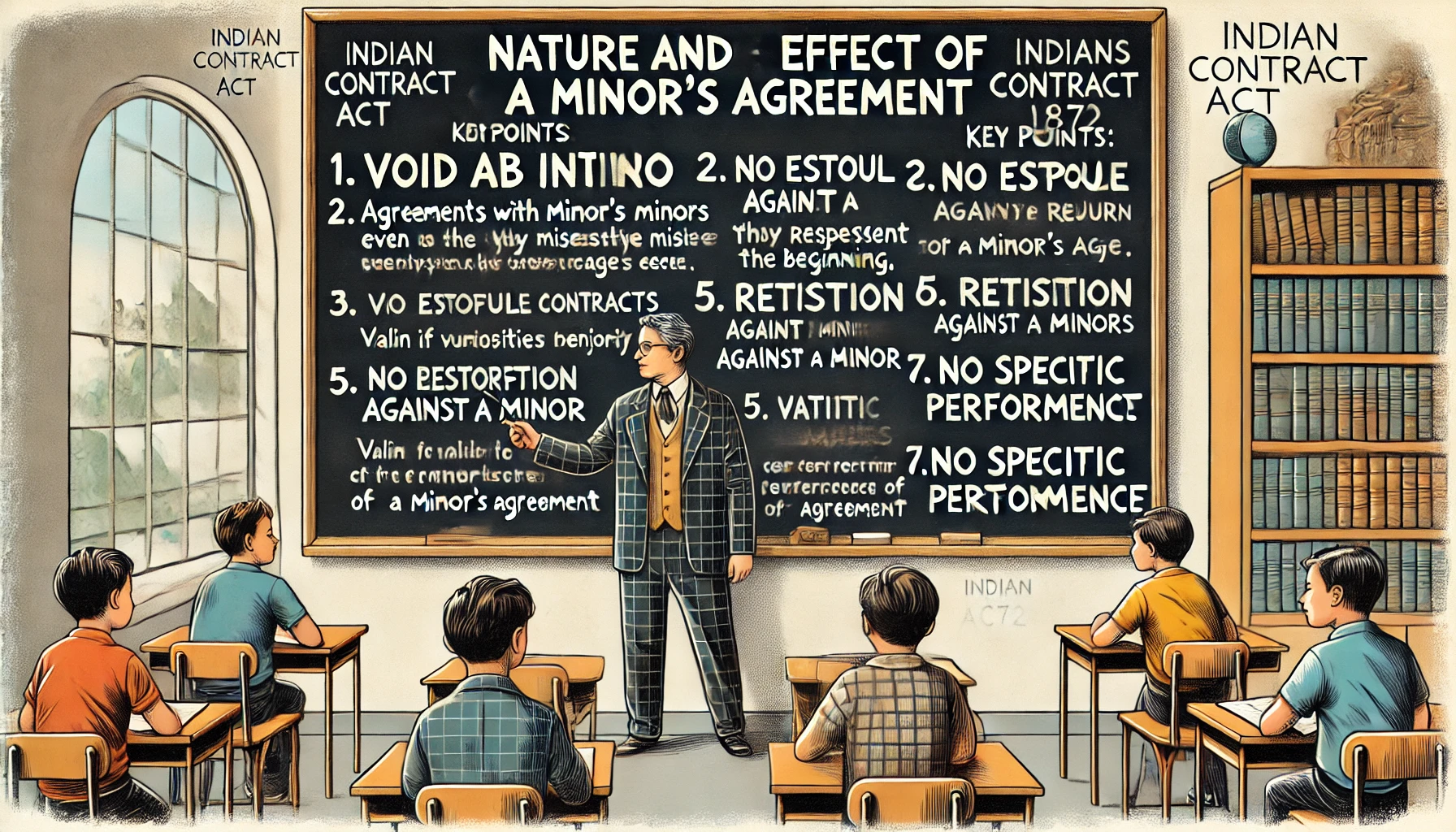


Comment
Nothing for now